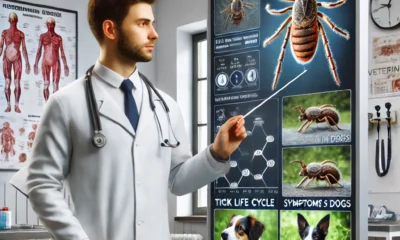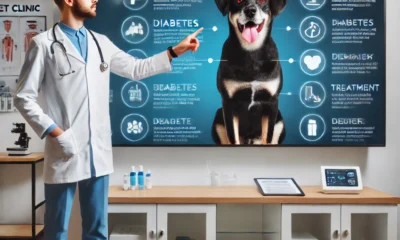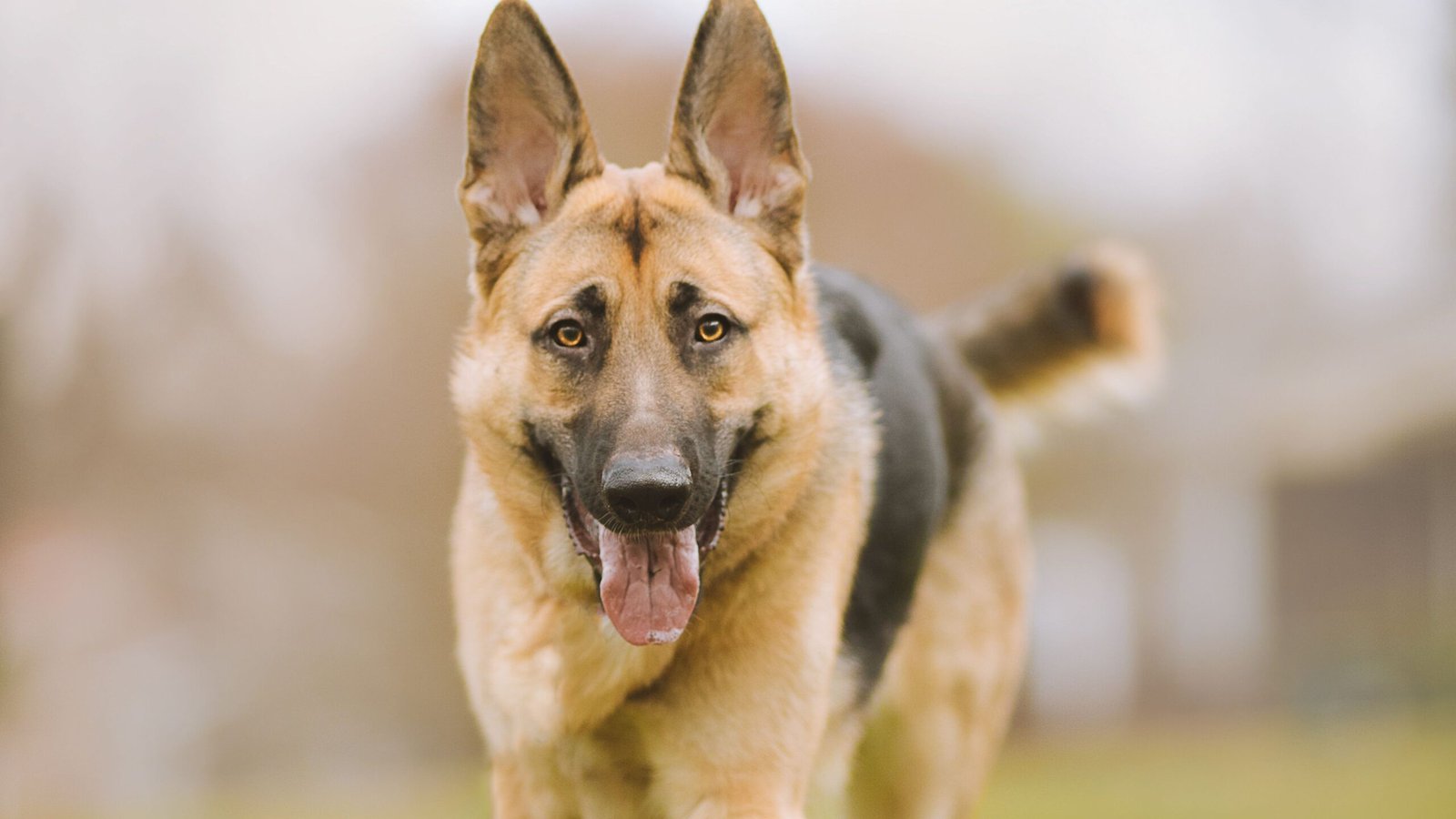Working Breeds
Can You Use Perfume on a Dog: Risks Understanding

Using Persume Description

Can You Use Perfume on a Dog: Risks Understanding
Can You Use Perfume on a Dog Using perfume on dogs is generally not advisable. While it may seem tempting to make your furry friend smell pleasant, there are several important considerations that pet owners must be aware of. Not all scents or products intended for humans are safe for dogs, and some could potentially harm them.
For more information regarding 4 seasonal cxcercieses of all dog breeds recommended by the doctors and experts,you can visit our youtube channel:
https://www.youtube.com/@Dogsreaders
Why Human Perfumes Are Not Safe for Dogs
Human perfumes typically contain a mixture of chemicals, alcohol, and essential oils that can irritate a dog’s skin, eyes, and respiratory system. Dogs have a much stronger sense of smell than humans, so what seems like a light fragrance to us could be overwhelming and even stressful for them. Additionally, dogs often lick their fur, and ingesting perfume can lead to health issues.
Key Risks:
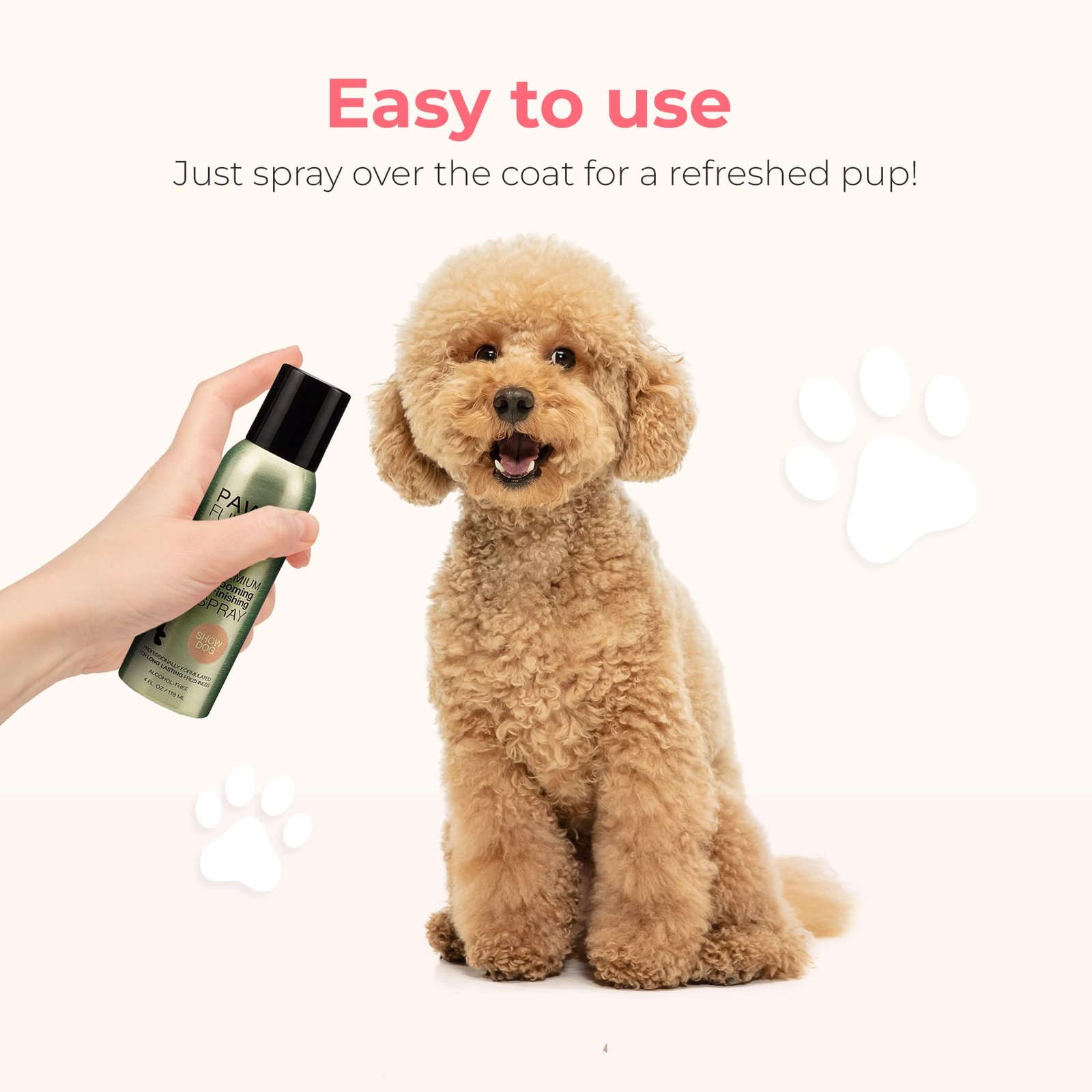
- Toxic Ingredients: Many human perfumes contain substances that are toxic to dogs. For instance, alcohol can irritate their digestive system and cause poisoning if ingested.
- Skin Irritation: A dog’s skin is more sensitive than human skin. The chemicals in perfumes can cause dryness, rashes, or allergic reactions.
- Respiratory Problems: Strong scents can affect a dog’s breathing, causing coughing, sneezing, or even more serious respiratory distress.
Safe Alternatives for Smelling Good
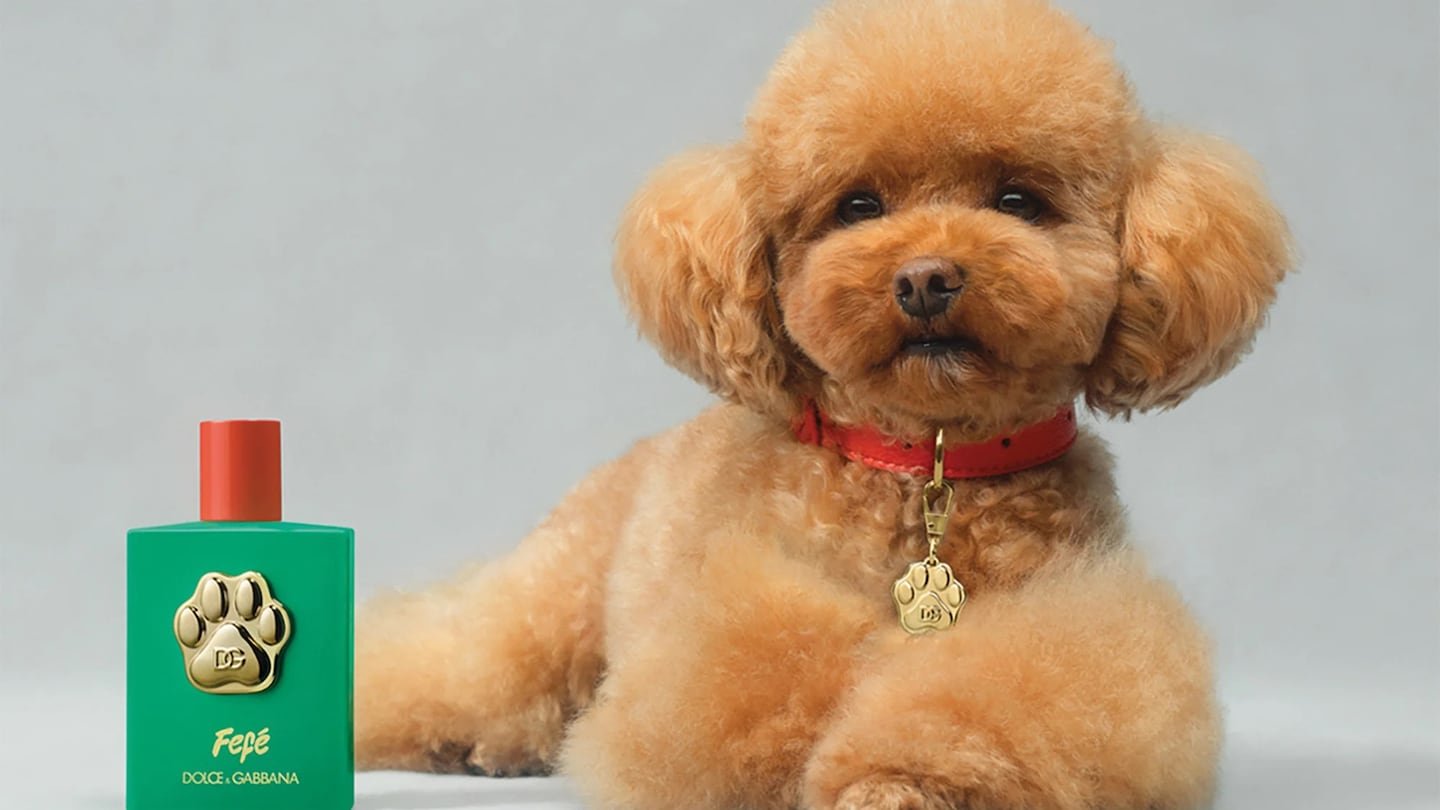
Instead of using human perfume, consider pet-specific products that are safe and formulated with dogs in mind. There are many options available that are gentle and designed to suit their unique needs.
1. Dog-Specific Perfumes and Sprays
Many brands offer deodorizing sprays or perfumes made specifically for dogs. These products are free from harmful chemicals and designed to be mild and safe. They often have gentle, neutral scents that won’t overwhelm a dog’s sensitive nose.
2. Regular Grooming and Bathing
The best way to keep your dog smelling fresh is through regular grooming. Bathing your dog with a high-quality, dog-safe shampoo helps remove dirt, debris, and odors from their fur without introducing harmful chemicals. Regular brushing also helps prevent matting and keeps their coat healthy.
3. Natural Alternatives
Natural products, such as baking soda or diluted apple cider vinegar, can also help neutralize odors without posing any risk. For instance, sprinkling a small amount of baking soda on your dog’s coat, followed by a good brush, can help freshen up their fur.
When Not to Use Any Scented Products
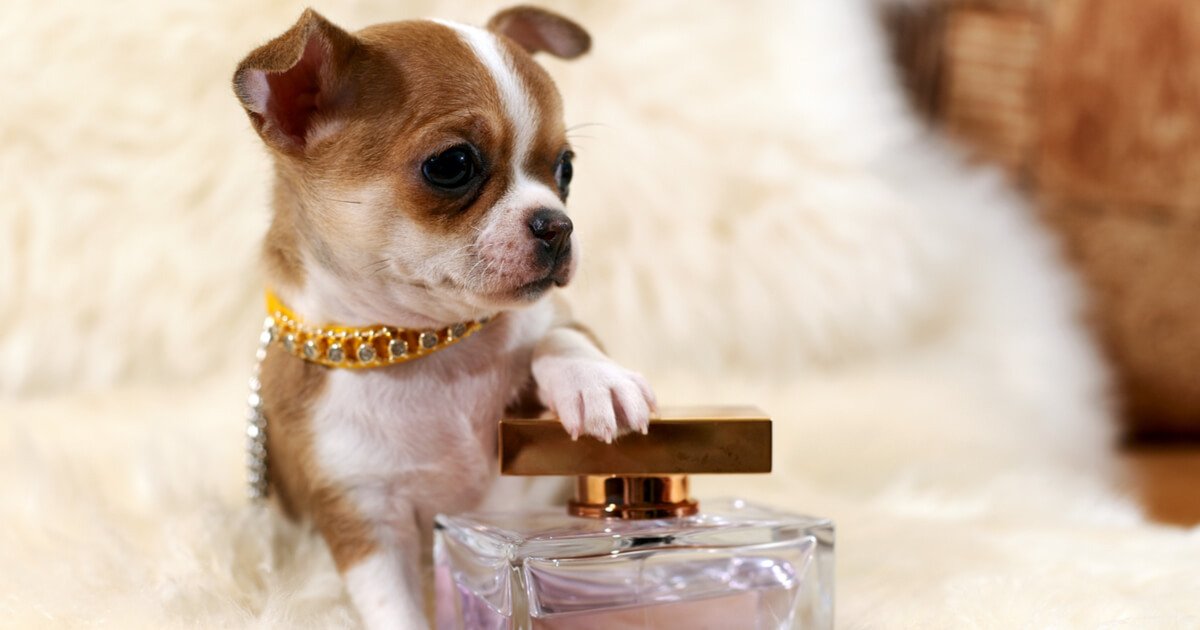
If your dog has allergies, sensitive skin, or open wounds, it’s best to avoid any products that might irritate their skin or cause discomfort. Always consult with a veterinarian if your dog seems to be bothered by odors or if you notice skin problems, as they could be signs of an underlying condition.
What If Your Dog Has a Persistent Odor?
If your dog has a strong, persistent odor despite regular grooming, it might indicate an underlying health problem. Issues such as skin infections, ear infections, or even digestive issues can result in a strong smell. In such cases, it’s important to consult with a veterinarian to address any medical concerns.
Latest Research With Refrences
Using perfume on dogs is generally not recommended due to their sensitive skin and respiratory systems. While some dog owners might consider using fragrances to mask odors, it is important to remember that dogs are far more sensitive to scents than humans. Many perfumes and colognes contain chemicals that can cause irritation, allergic reactions, or even harm your dog’s health.
Risks of Perfume on Dogs: Perfumes, whether synthetic or natural, can trigger allergic reactions in dogs, including skin irritation, excessive itching, and respiratory issues like sneezing or coughing. Common symptoms of a perfume allergy may include redness or swelling on the skin, restlessness, or excessive licking and chewing (Vet Advises, 2023)【462†source】. Essential oils, a common natural alternative to synthetic perfumes, can also pose a risk, as certain oils like cinnamon or peppermint are toxic to dogs when ingested or applied to their skin (Downward Paws, 2023)【463†source】.
Alternatives: If you wish to add a fragrance to your dog’s environment, consider using dog-safe products. Many brands offer hypoallergenic or fragrance-free grooming products specifically formulated for dogs. Some also provide pet perfumes made without harsh chemicals. If you want a more natural approach, look for essential oils that are safe for dogs, such as lavender or chamomile. However, always consult a veterinarian before applying any new product to ensure it is safe.
In summary, while it might be tempting to use perfume on your dog, it’s safer to explore pet-specific products or avoid fragrances altogether to maintain your dog’s health and comfort. Always consult with a veterinarian before introducing new scents into your dog’s environment to avoid potential adverse effects.
The Best Dog Perfumes You Can Purchase
Bodhi Dog Natural Pet Cologne
Available in various scents like pumpkin spice, lilac, and sugar cookies, this natural cologne is designed to freshen up your dog between baths while also nourishing and detangling their coat. It’s highly recommended by veterinarians and groomers【440†source】.
Buy on Amazon
- Pet Head Mucky Pup Deodorizer Spray
This puppy-friendly cologne has a gentle, pH-balanced formula, making it perfect for puppies with sensitive skin. It contains soothing chamomile and rosehip oil【440†source】【441†source】.
Buy on Amazon - Pride + Groom Proud Spray
This cologne neutralizes odors instead of just masking them. It’s made with natural ingredients and has a fresh, clean scent of bergamot, citrus, and ylang-ylang【440†source】.
Buy on Amazon - Dr. Sniff Freshening Spray
With fragrances like pineapple, papaya, and bergamot, this spray is alcohol-free and contains nourishing organic ingredients like aloe vera and argan oil【440†source】.
Buy on Amazon - AlwaysYourFriend Infinity Dog Perfume
A luxury dog perfume with a range of natural scents such as primrose flowers and cookies. This perfume is vegan, free from harsh chemicals, and long-lasting【440†source】.
Buy on Etsy - Burt’s Bees for Dogs Deodorizing Spray with Conditioner
Offering 98.2% natural ingredients, this deodorizing spray also conditions the dog’s coat while providing a faint, fresh scent【440†source】【441†source】.
Buy on Amazon
Each of these perfumes provides a unique experience, from gentle, puppy-friendly options to luxury scents for adult dogs. You can find a scent that suits your dog’s personality and skin needs.
Working Breeds
Police K9 Training: Building the Ultimate German Shepherd Partner

Introduction

Police K9 Training: German Shepherds dominate police K9 units worldwide for one reason: they’re bred to work. But transforming a high-drive GSD into a disciplined police partner requires specialized training that balances instinct with control. This deep dive reveals how K9 handlers train German Shepherds for detection, apprehension, and crowd control—with insights from real police dog trainers.
(Note: This is Part 8 of our “Specialized Training by Role” series. Read Part 8: [Core Commands Every GSD Must Know] for foundational training.)
Subscribe to us on YouTube | Facebook | Instagram | www.dogsreader.com
1. Detection Work: The Science of Scent
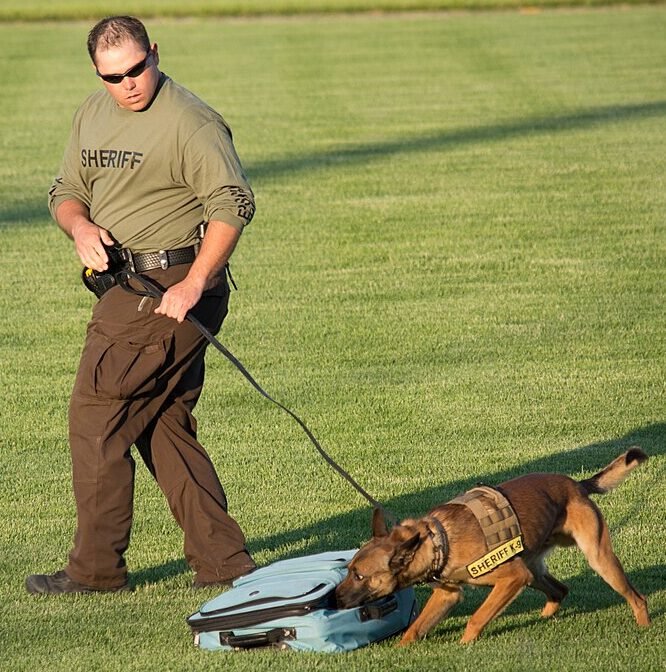
A. Scent Imprinting (Narcotics, Explosives, Cadavers)
How It Works:
- Puppy Selection: Dogs with high hunt drive and toy obsession are ideal.
-
Scent Pairing:
- Introduce target odor (e.g., cocaine, TNT) with a reward trigger (tug toy, food).
- Gradually hide scent in boxes, vehicles, or buildings.
- Reward only for correct identification.
Pro Tip: Handlers use “scent wheels” to test discrimination between similar odors.
B. Passive vs. Aggressive Alert
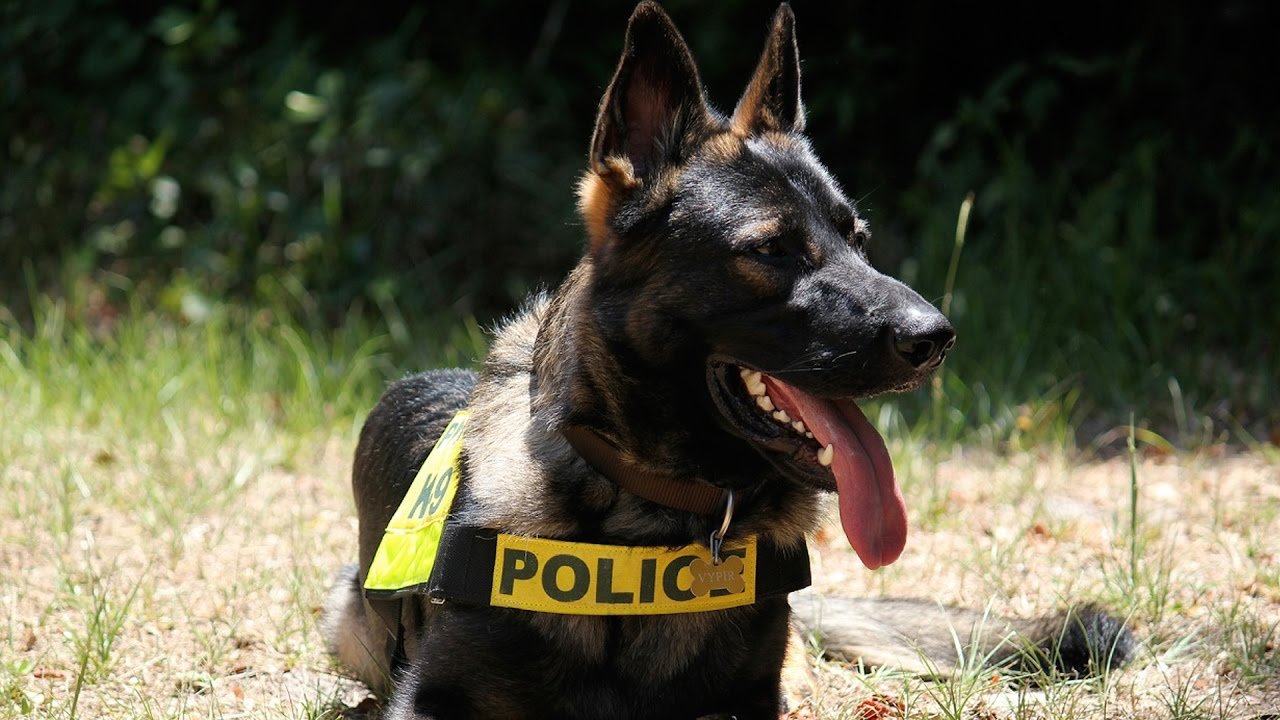
| Alert Type | Use Case | Training Method |
|---|---|---|
| Passive (Sit/Stare) | Explosives, electronics | Dog must freeze and stare at source |
| Aggressive (Scratch/Bite) | Narcotics, cadaver | Dog scratches or barks at location |
Why It Matters: A wrong alert could detonate bombs or destroy evidence.
2. Patrol Skills: Controlled Aggression
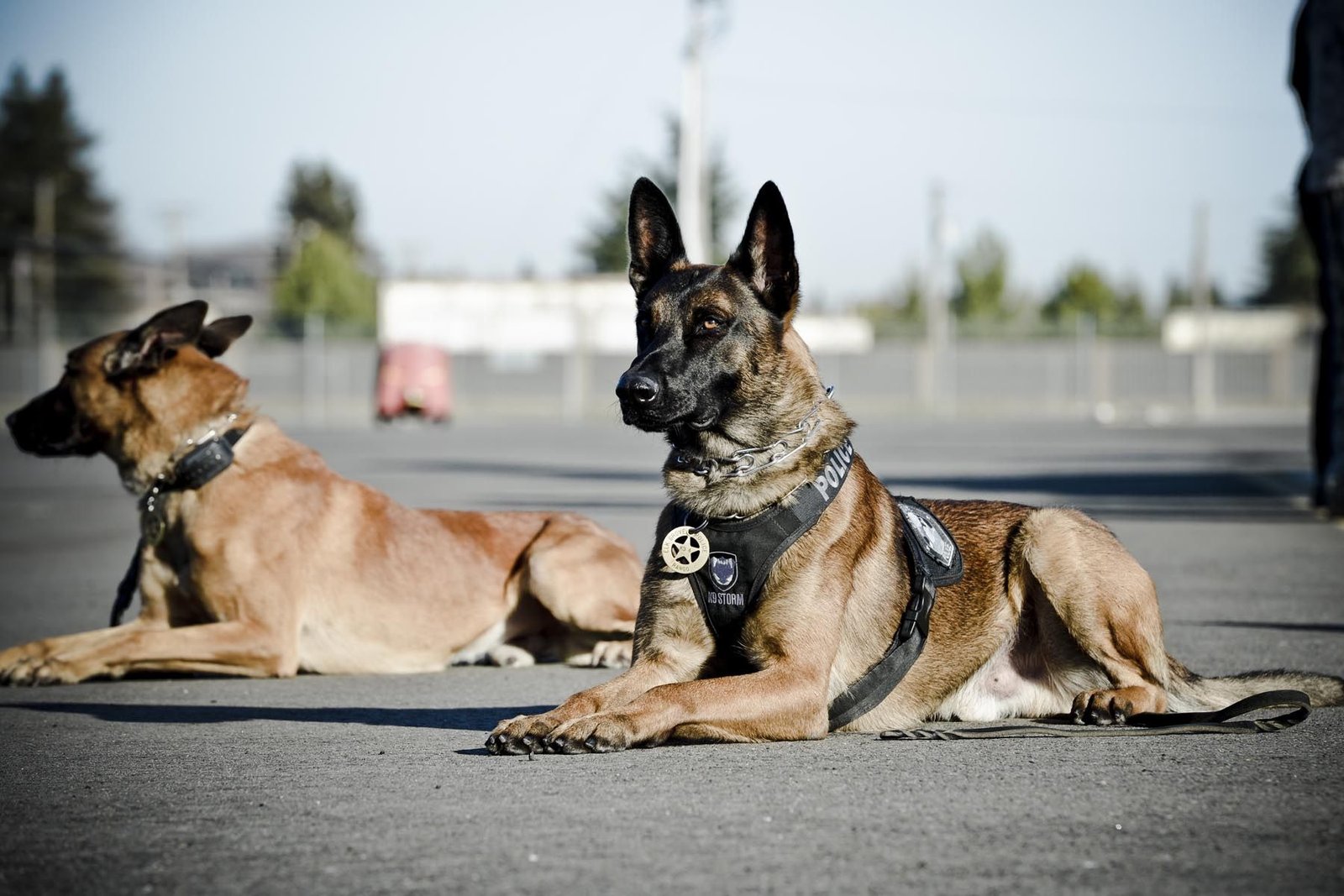
A. Suspect Apprehension (Bite Work)
Training Phases:
- Grip Development: Puppies learn to bite sleeves/tugs on command (“Fass!”).
- Suspect Simulation: Decoys in padded suits trigger controlled attacks.
- Out Commands: Dog must release instantly (“Aus!”)—even mid-chase.
Key Insight: “We train failure,” says Officer Mark R. (K9 Unit, 12 yrs). “If the dog won’t release, they fail certification.”
B. Crowd Control (Intimidation on Command)
- Barking: Taught by agitating the dog, then rewarding barks (“Gib Laut!”).
- Perimeter Holding: Dog blocks advances without biting unless threatened.
Ethical Note: Police dogs are tools of deterrence—not punishment.
Case Study: A Day With K9 “Rex” (Drug Enforcement)
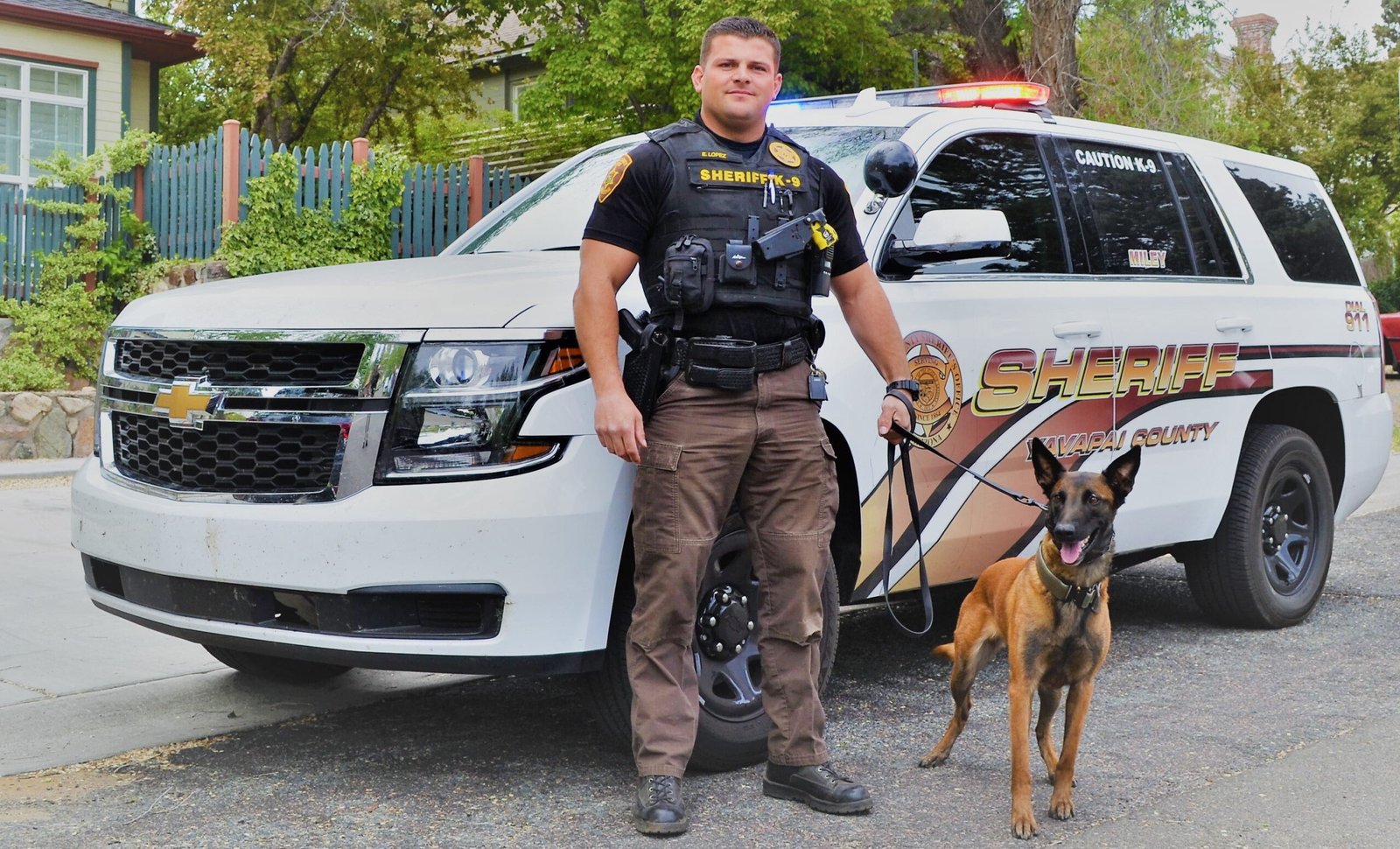
Background: 4-year-old GSD, 200+ narcotics finds
Training Routine:
- 6:00 AM: Obedience drills (recall under gunfire sounds)
- 9:00 AM: Vehicle searches (hidden heroin samples)
- 2:00 PM: Scenario training (building clears with gunmen)
Handler Quote: “Rex lives to work. If I skip training, he paces all day.”
3. Certification & Maintenance
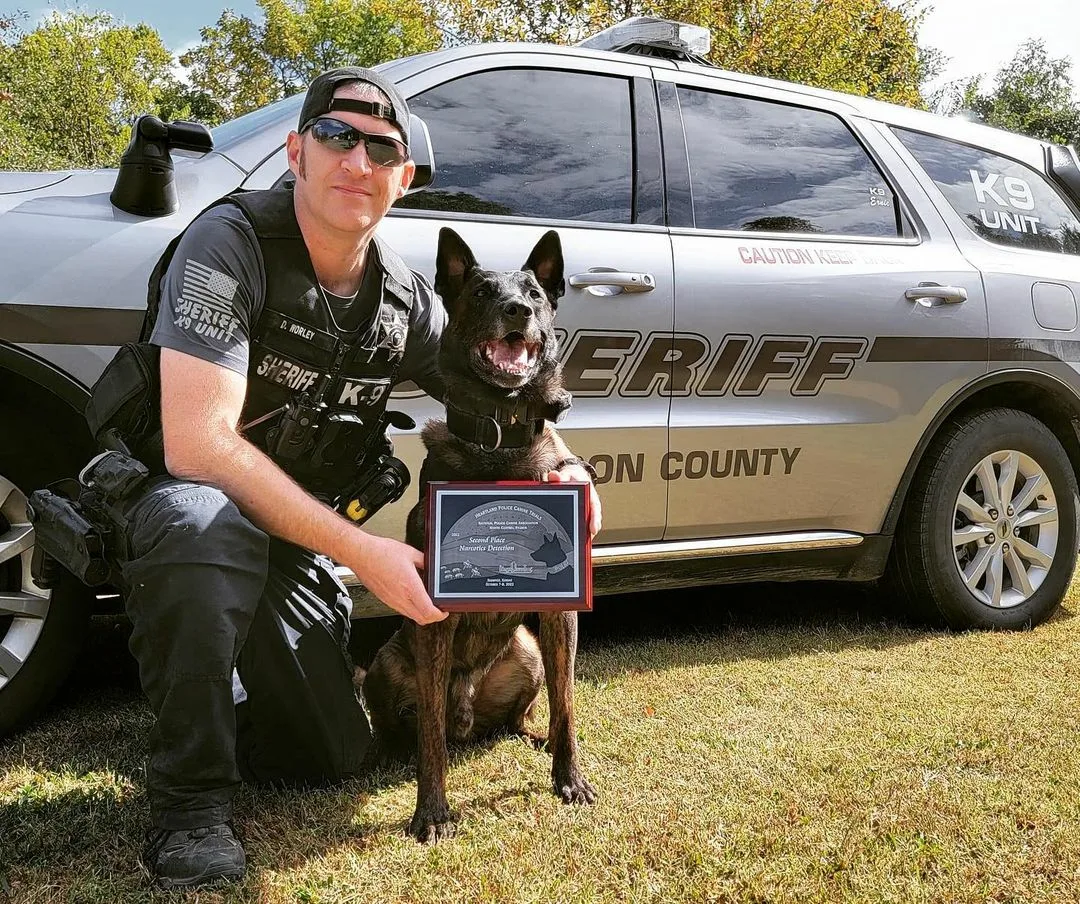
Standard Tests:
- Odor Detection: Find target scent amid distractions in <5 mins.
- Apprehension: Pursue and hold suspect for 30+ seconds.
- Public Safety: Ignore gunfire, crowds, and food temptations.
Monthly Training Requirements:
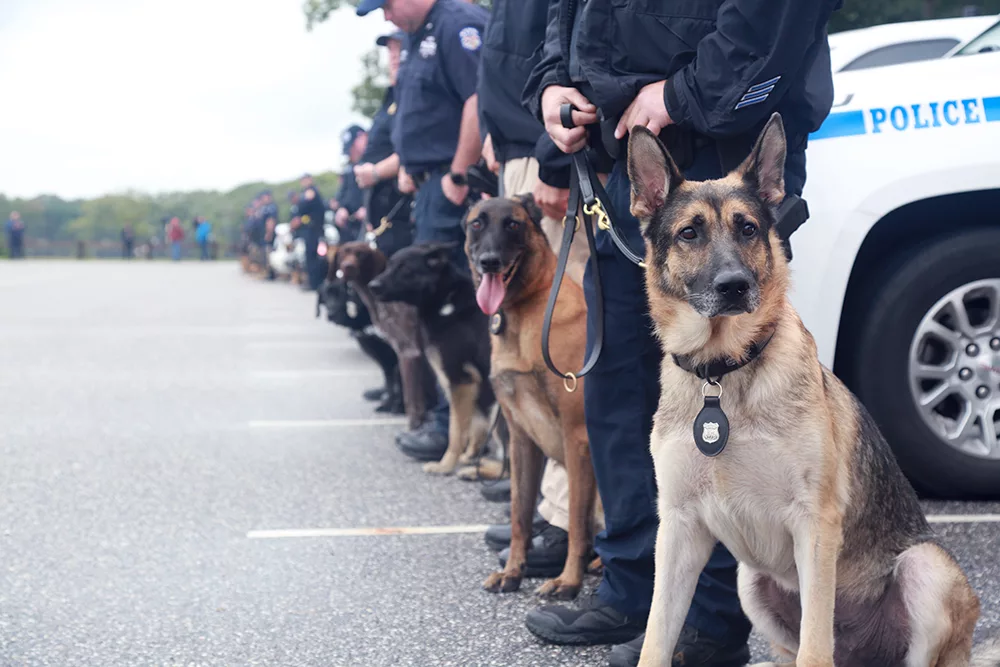
| Skill | Hours/Week |
|---|---|
| Scent Work | 4 |
| Bite Work | 3 |
| Obedience | 5 |
Controversies & Ethical Training
- Avoiding Excessive Force: Modern programs emphasize bark-and-hold over biting.
- Retirement Plans: Most K9s live with handlers post-service.
- Breed Debate: Some units prefer Belgian Malinois for agility.
Closing Statement: More Than Just a Tool
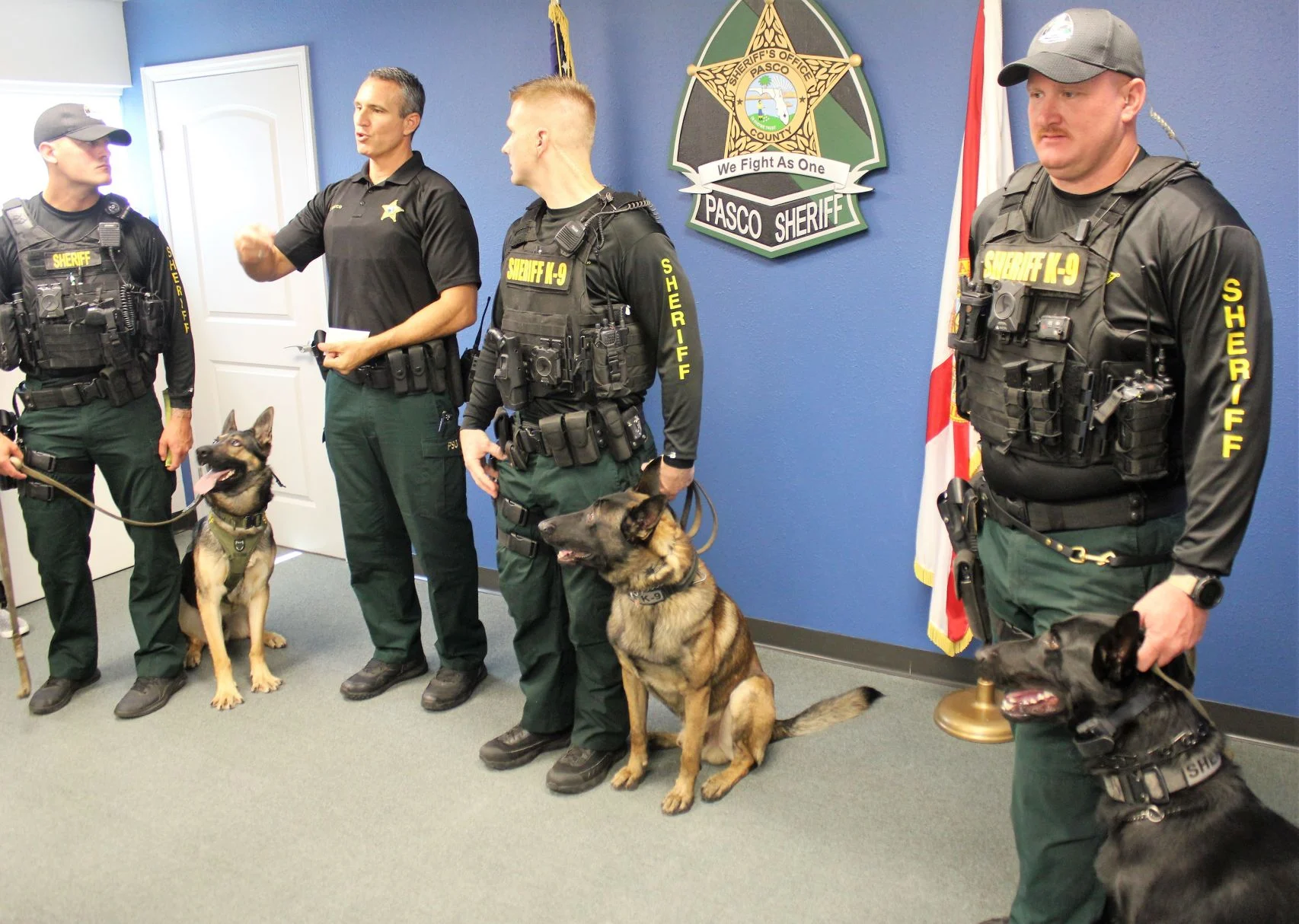
Police German Shepherds are partners, not equipment. Their training blends instinct with precision—a balance few breeds can achieve.
Want to Train Your GSD Like a K9?
Start with basic obedience
Channel drive into scent games/tug work
Never attempt bite work without a professional
Up Next in This Series: Military GSD Training: Special Ops Canines
CTA: “Would your GSD pass K9 testing? Take our quiz [link]!”
(Footer: Subscribe for exclusive K9 training videos.)
FAQs: Police K9 Training with German Shepherds
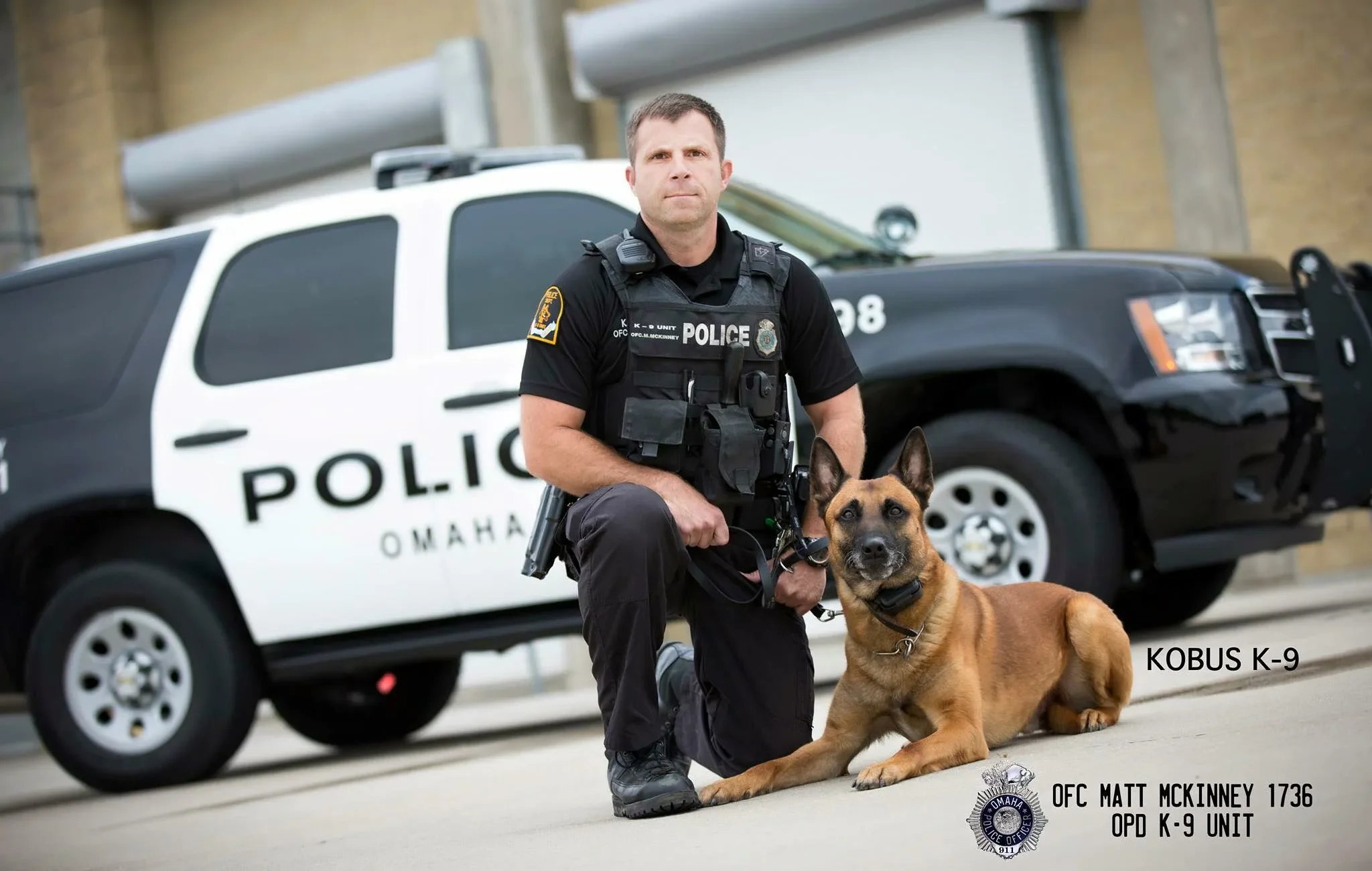
1. What makes German Shepherds ideal for police work?
German Shepherds dominate K9 units because of their:
Exceptional scent detection (225M scent receptors)
Controlled aggression (Bite inhibition + out command)
High trainability (Learn 50+ commands)
Physical endurance (Work 8+ hour shifts)
Fun Fact: 65% of U.S. police dogs are GSDs or GSD mixes.
2. How are police puppies selected?
Breeders/trainers look for:
- Prey drive: Obsession with toys (especially tug)
- Confidence: Unfazed by loud noises, strangers
- Health: OFA-certified hips, no degenerative issues
- Temperament: Balanced aggression (not fearful or hyper-reactive)
Rejection Rate: Only 1 in 10 puppies make the cut.
3. What’s the difference between narcotics vs. explosives detection training?
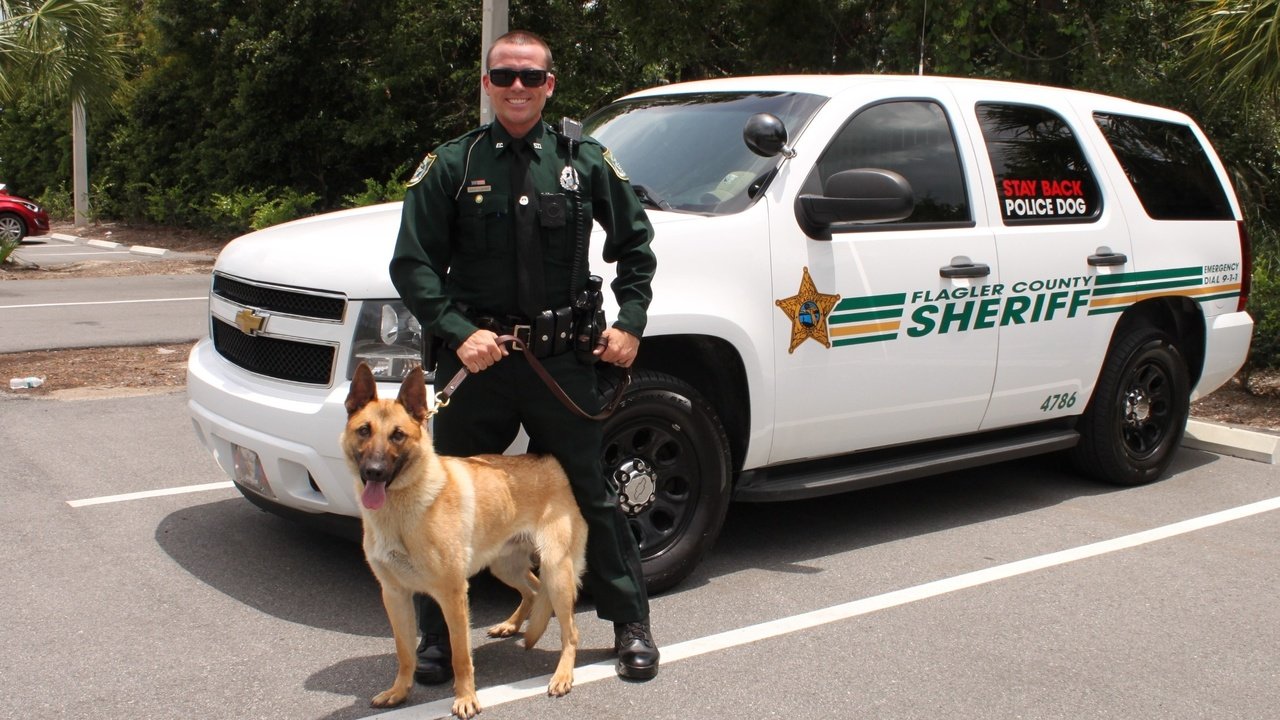
| Factor | Narcotics Dogs | Explosives Dogs |
|---|---|---|
| Alert Type | Aggressive (scratch/bark) | Passive (sit/stare) |
| Reward | Toy-based | Food/toy depending on dog |
| False Alarm Tolerance | Low (could ruin evidence) | Zero (life-or-death) |
| Common Scents | Cocaine, meth, heroin | TNT, C4, gunpowder |
4. How do they train “out” commands for bite work?
Progressive Method:
- Teach “drop it” with toys first
- Transition to bite sleeves with interrupt tug games
- Add adrenaline (chasing decoys) but insist on instant release
- Test with gunfire/distractions
Key: Never let the dog “win” the sleeve—always end with compliance.
5. Why do some K9s bark at suspects while others bite?
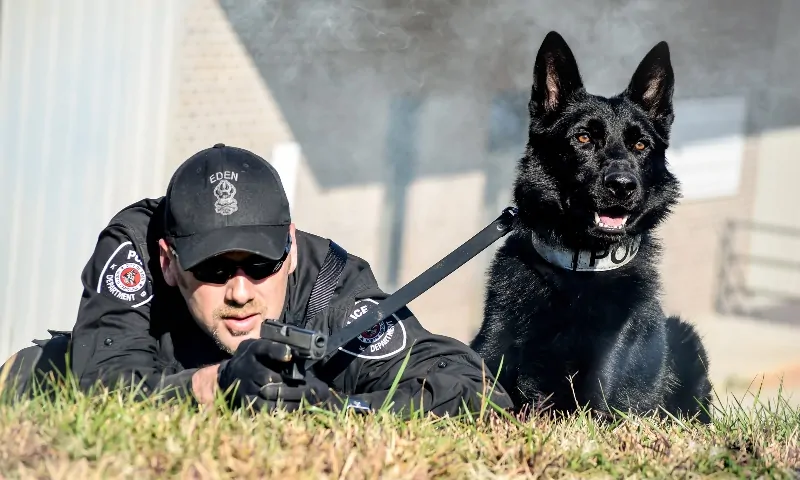
It depends on the department’s use-of-force policy:
- Bark-and-hold: Dog contains suspect until officers arrive (common in Europe)
- Bite-and-hold: Dog physically subdues suspect (U.S. standard)
- Hybrid: Barks first, bites if suspect moves (increasingly popular)
6. How accurate are police dogs in scent detection?
- Trained K9s: 85-95% accurate in controlled tests
- Real-world: Drops to ~70% due to:
- Handler bias (unconscious cues)
- Contaminated scenes
- Fatigue/stress
Controversy: Some courts now question K9 evidence reliability.
7. What’s the hardest part of K9 training?
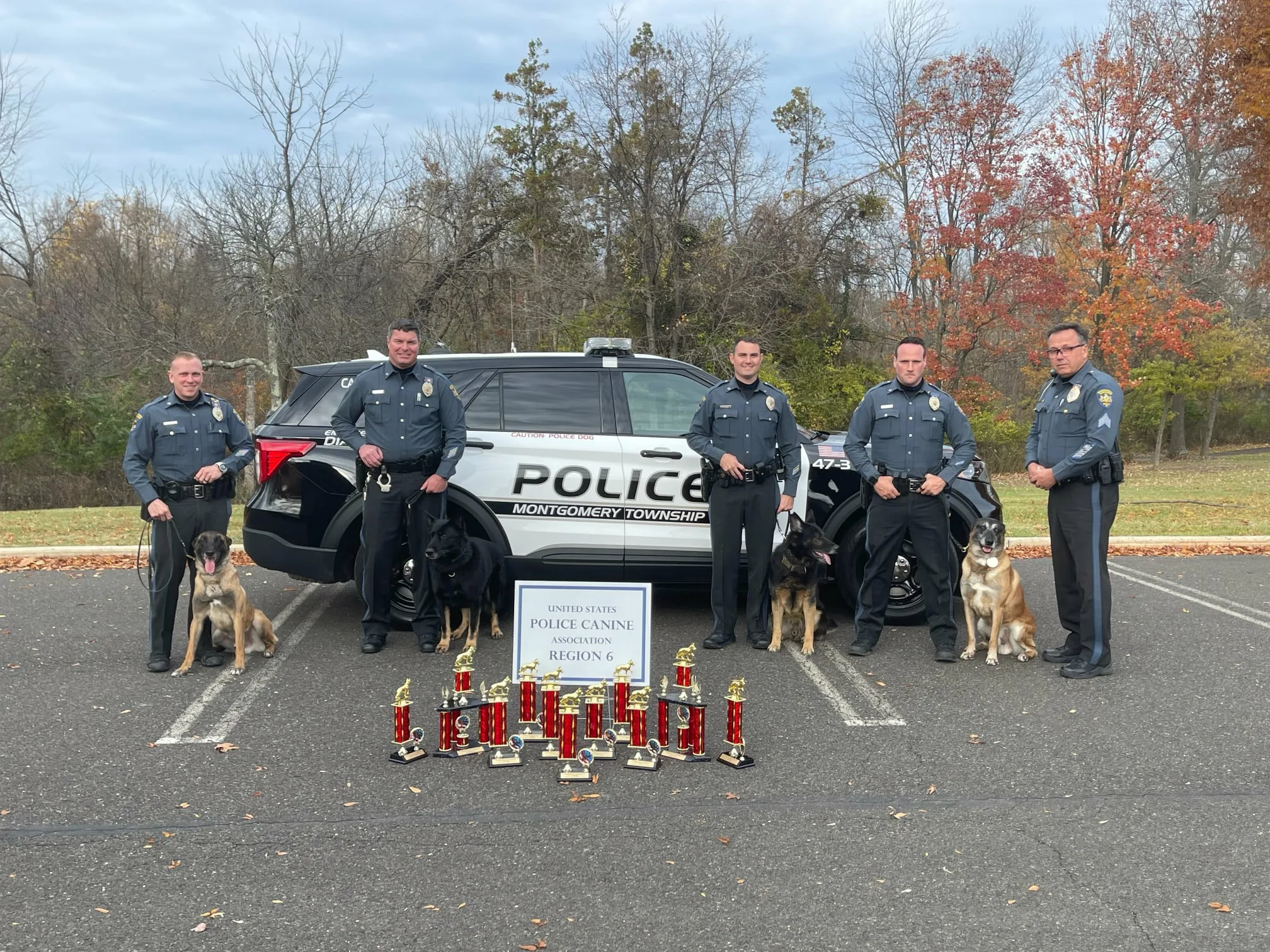
Handlers report these challenges:
- Recall amid gunfire (Must ignore shots to focus)
- Building searches (Avoiding hidden threats)
- Civilian interactions (Not reacting to screams/crowds)
8. How long does it take to train a police GSD?
| Phase | Duration |
|---|---|
| Puppy imprinting (8 wks-1 yr) | 12 months |
| Patrol/detection basics | 4-6 months |
| Handler pairing | 3 months |
| Total | 16-24 months |
9. Do police dogs ever make mistakes?
Yes—common errors include:
- False alerts (Seeking rewards without finding scent)
- Over-pursuit (Not releasing on command)
- Handler misreads (Interpreting excitement as a “hit”)
Mitigation: Double-check alerts with tech (X-rays, swabs).
10. What happens when K9s retire?

- 75% live with their handlers
- 15% adopted by officers’ families
- 10% go to vetted civilians (if handler can’t keep them)
Post-Service Life: Most need 6-12 months to adjust to “civilian” routines.
11. Can my pet GSD learn police skills?
Limited potential without:
- Professional decoys/bite equipment
- Certification facilities
- Liability insurance
Safer Alternatives:
- Nosework classes
- Obedience trials
- Personal protection basics (with a trainer)
12. How dangerous is police work for GSDs?
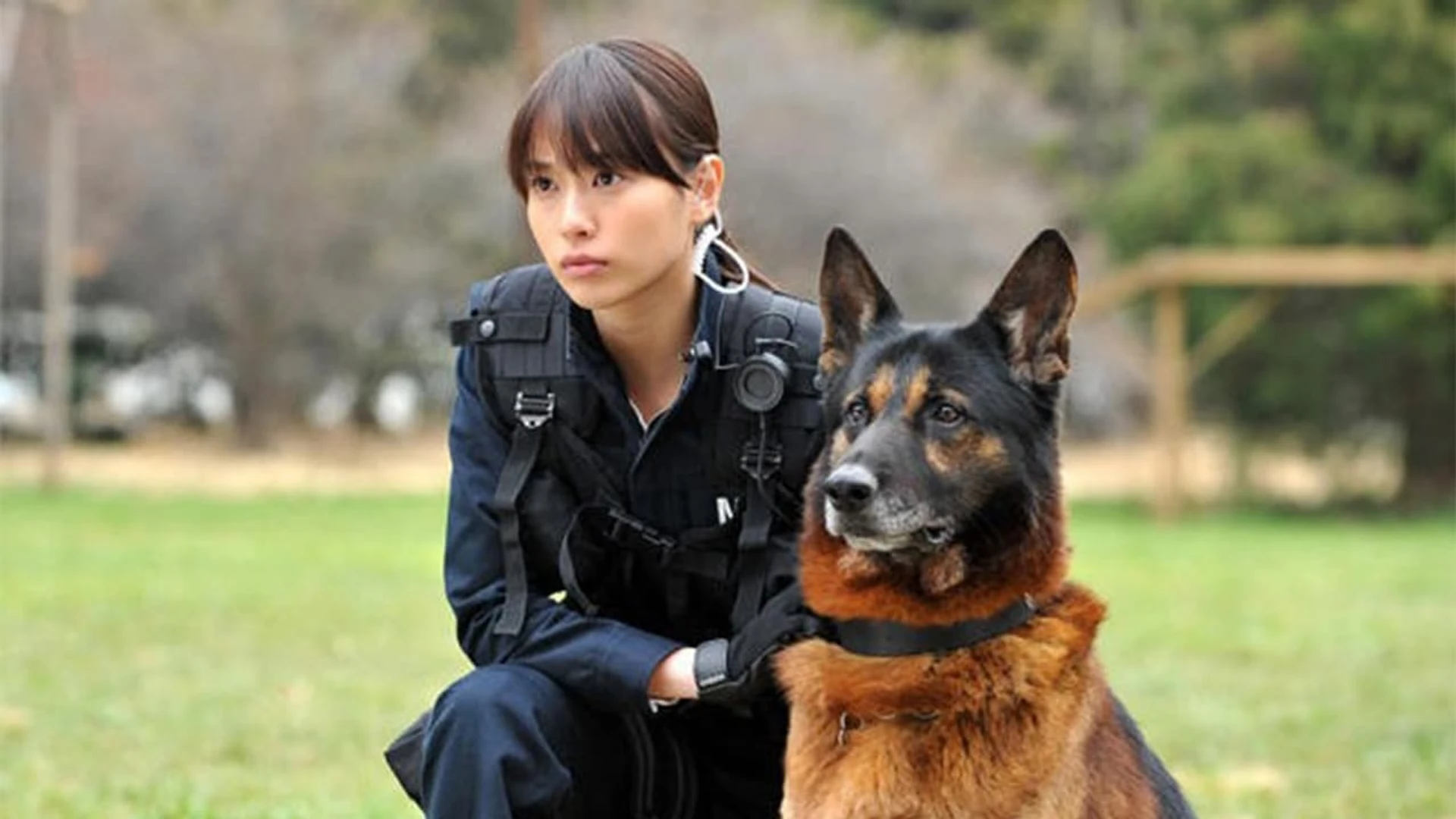
Risks Include:
- Gunfire/weapon injuries (5% of K9s face combat wounds)
- Heatstroke (From vehicle/gear stress)
- Joint damage (Repetitive jumps/apprehensions)
Lifespan Impact: Working K9s live 1-3 years less than pets.
13. Why do some units prefer Belgian Malinois?
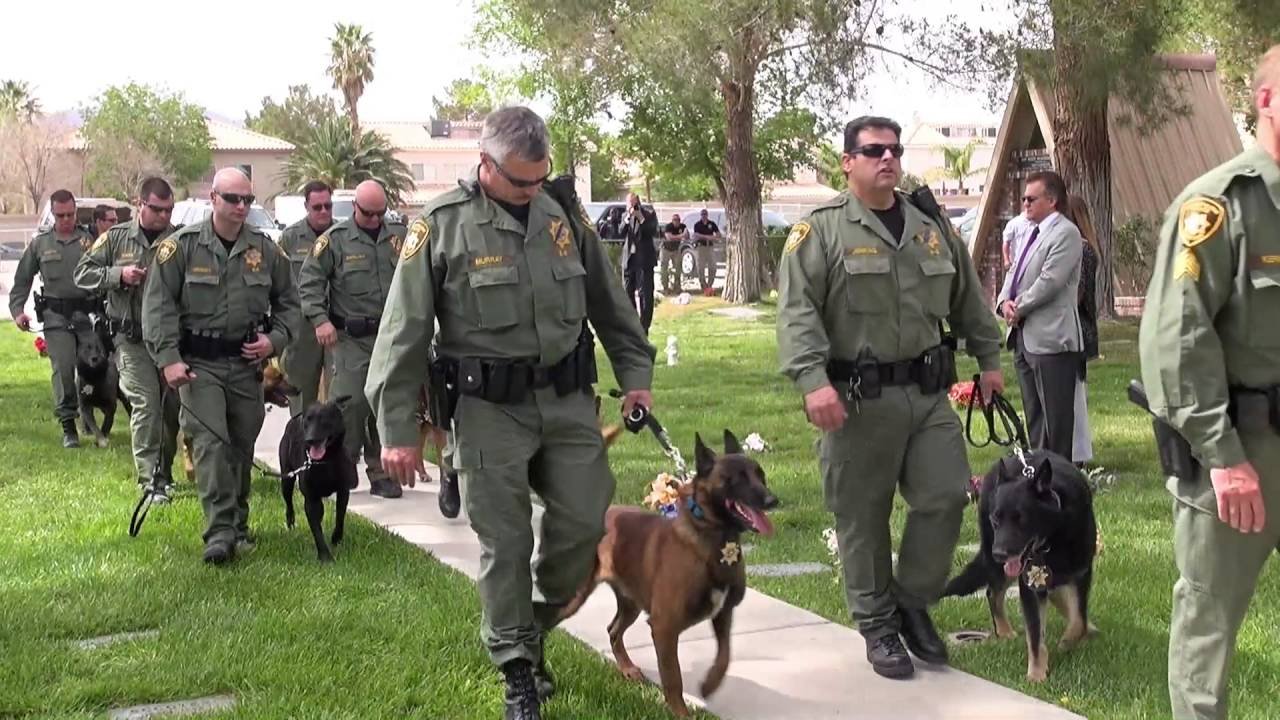
Compared to GSDs, Malinois:
- Are lighter (easier to lift over barriers)
- Have faster reflexes
- Require even more intense exercise
Trade-off: More prone to over-arousal and harder to socialize.
14. How much does a trained police GSD cost?
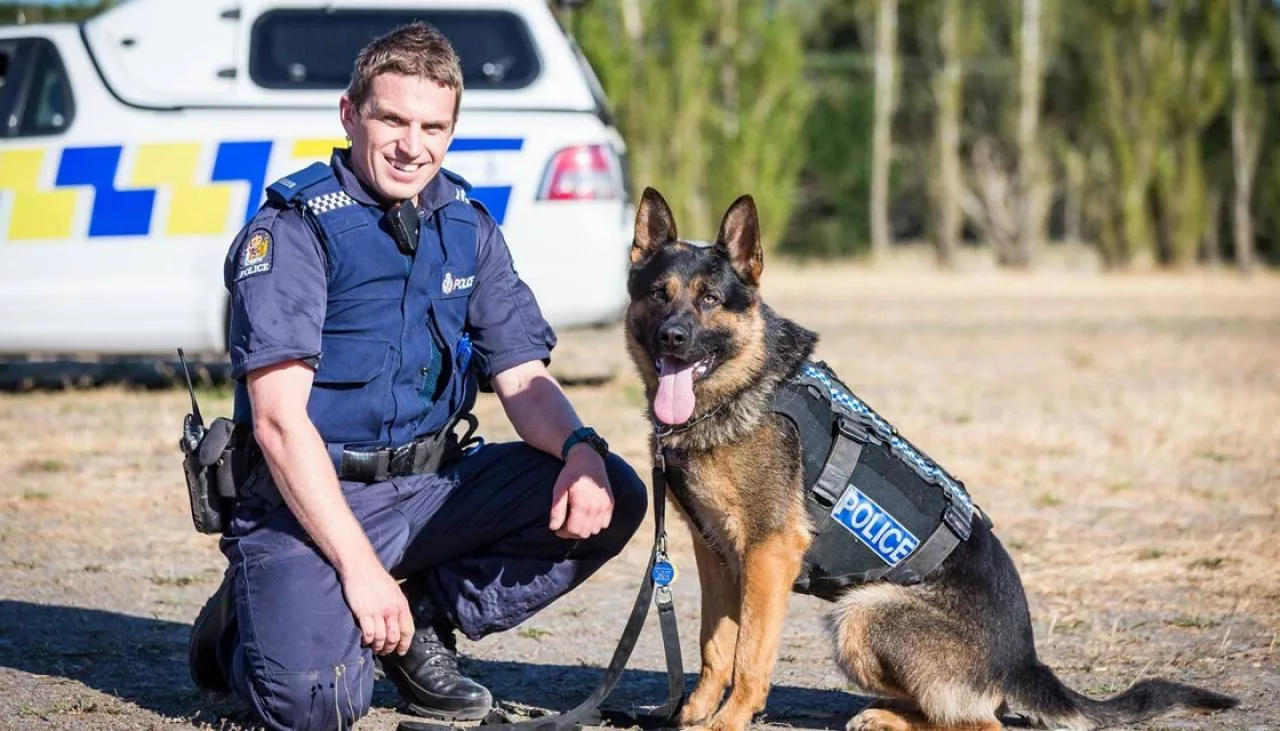
- Untrained puppy: $ 8,000−$ 15,000 (From breeder)
- Fully trained adult:$ 25,00045,000
- Total lifetime cost (care/training): $100,000+
A trained police dog can cost anywhere from $8,000 to $65,000 or more, depending on the type of training and the specific needs of the agency or individual.
Why So High? 2+ years of specialized training + elite genetics.
15. Can female GSDs be police dogs?
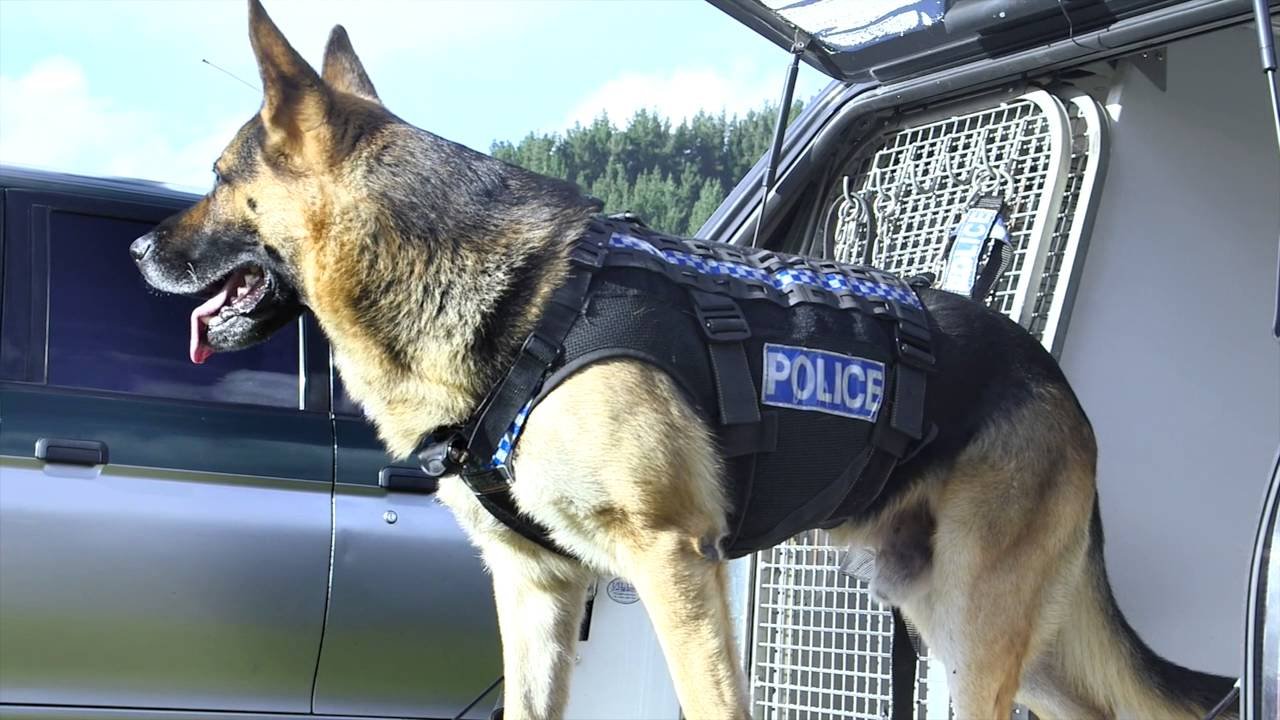
Absolutely! While males dominate (80% of K9s), females excel at:
- Scent work (More meticulous)
- Handling smaller suspects
- Working longer careers (Less joint stress)
Closing Statement
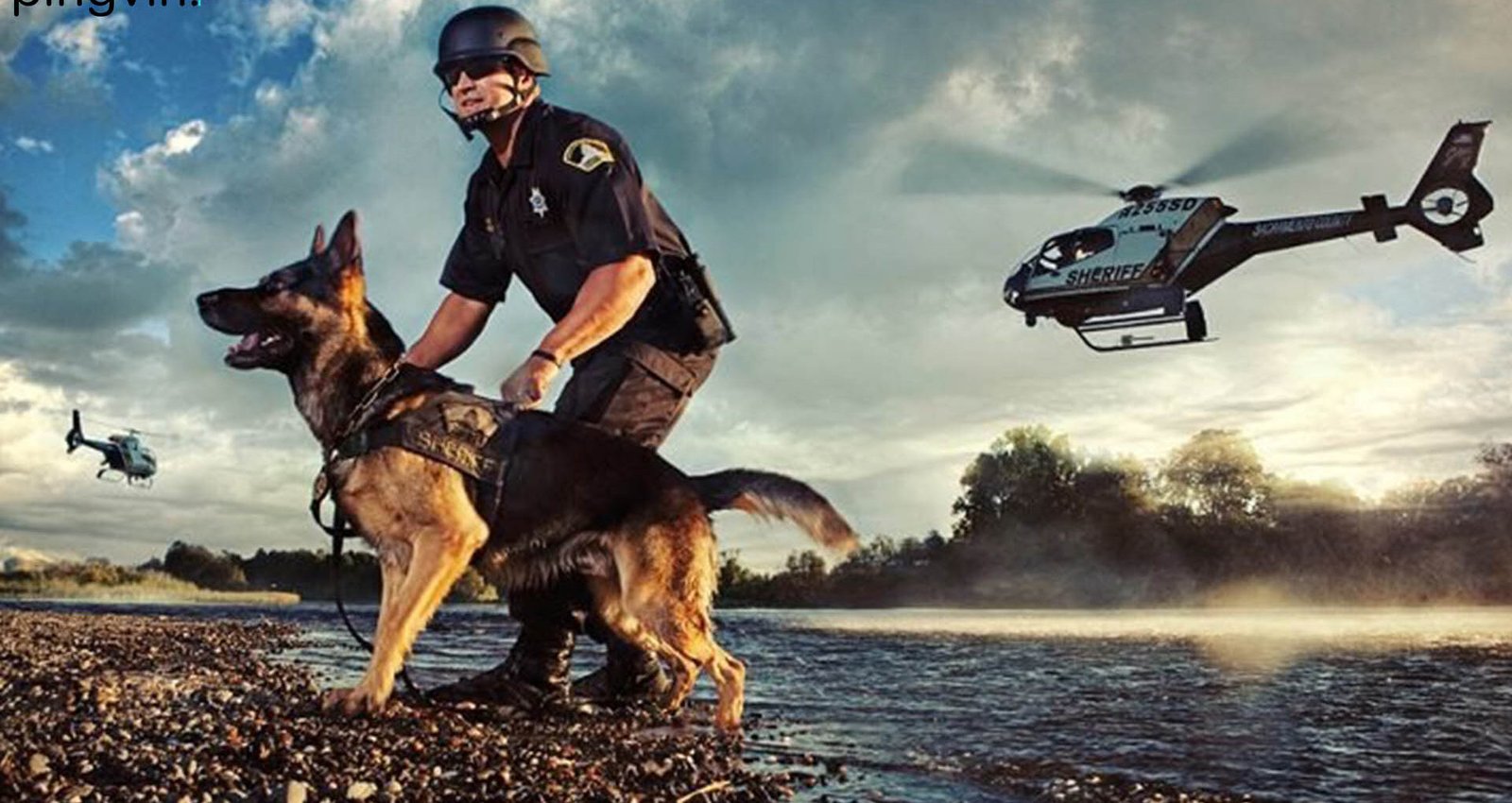
Police German Shepherds represent the pinnacle of canine training—but their success hinges on ethical methods, genetic potential, and handler synergy.
Working Breeds
Foundational Commands Every German Shepherd Must Know: The Ultimate Training Guide

Introduction
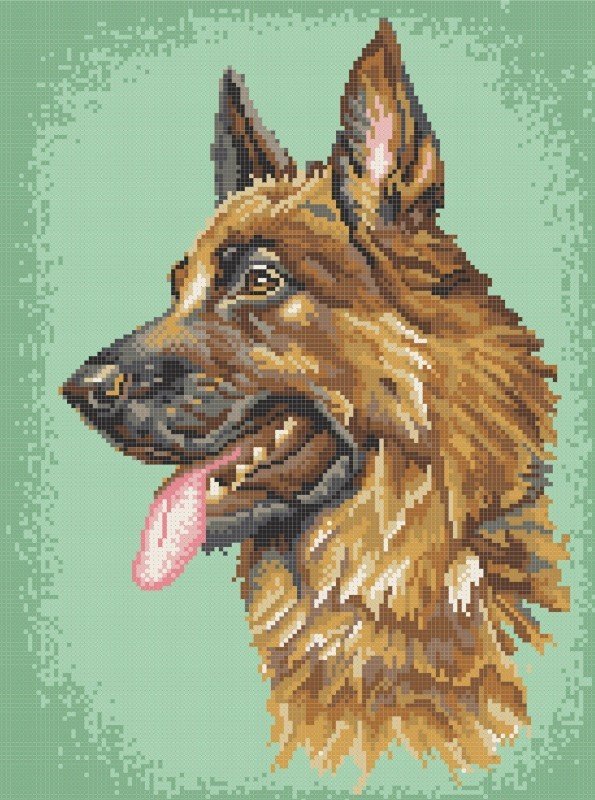
Foundational Commands Every German Shepherd Must Know: German Shepherds are among the most trainable dog breeds, but their intelligence and energy require structured, consistent command training to prevent behavioral issues. Whether you’re raising a working K9, a service dog, or a family companion, these essential commands will ensure your GSD is obedient, safe, and mentally fulfilled.
Part 7 of the German Shepherd Series on DogsReader
Subscribe to us on YouTube | Facebook | Instagram | www.dogsreader.com
This guide covers:

- Why German Shepherds need command training
- Core obedience commands (with step-by-step instructions)
- Advanced working commands for police/military roles
- Common training mistakes to avoid
Why Command Training is Non-Negotiable for GSDs
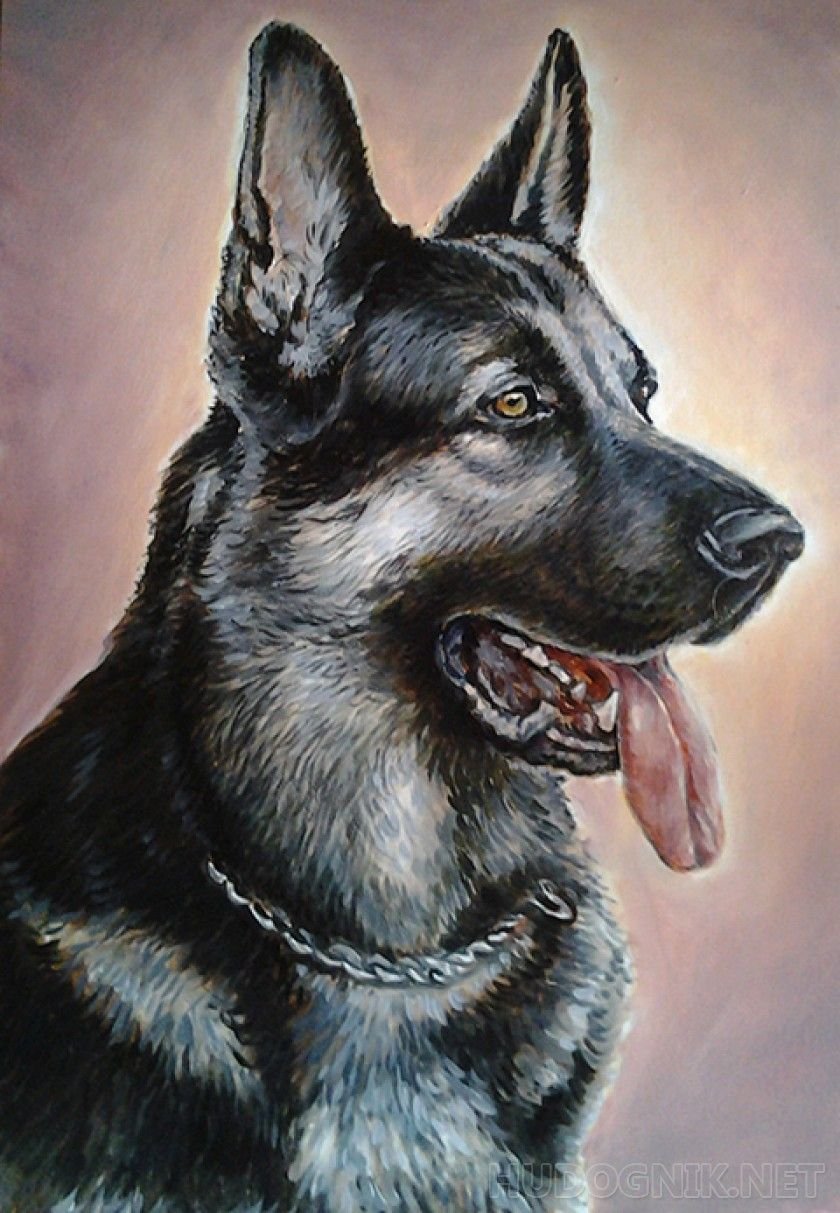
Foundational Commands Every German Shepherd Must Know: German Shepherds thrive on purpose and discipline. Without proper training:
- Their natural protectiveness can turn into aggression
- High energy leads to destructive behaviors (chewing, digging, barking)
- Their intelligence becomes boredom, causing stubbornness
The solution? A foundation of clear, consistent commands that establish you as the leader while keeping their mind engaged.
1. The 5 Essential Commands Every GSD Must Learn


A. “Sit” (or “Sitz” in German)
Purpose: Basic impulse control, foundation for other commands.
How to Train:
- Hold a treat near your dog’s nose.
- Slowly move it upward—their head will follow, causing their rear to lower.
- Say “Sit!” as their bottom touches the ground, then reward.
- Pro Tip: Use a hand signal (flat palm up) for visual learners.
B. “Down” (“Platz”)
Purpose: Critical for emergency stops (e.g., near roads).
How to Train:
- Start with your dog in a “sit.”
- Lower a treat to the floor between their paws, saying “Platz.”
- Reward once their belly touches the ground.
- Advanced: Add duration (e.g., “Platz, stay” for 30+ seconds).
C. “Stay” (“Bleib”)
Purpose: Safety in dangerous situations (e.g., open doors).
How to Train:
- Ask your dog to “sit” or “platz.”
- Show your palm like a stop sign, say “Bleib,” and step back.
- Return immediately and reward if they hold position.
- Gradually increase distance/time.
D. “Come” (“Hier“)
Purpose: Emergency recall (non-negotiable for off-leash reliability).
How to Train:
- Start indoors/low-distraction areas.
- Use a happy voice, say “Hier!” while backing away.
- Reward enthusiastically when they reach you.
- Never punish after recall—it teaches them to avoid coming!
E. “Leave It” (“Aus”)
Purpose: Prevents eating hazards (food, trash, etc.).
How to Train:
- Place a treat in your closed hand.
- Let your dog sniff/nose your hand—say “Aus” and wait until they back off.
- Reward with a different treat from your other hand.
2. Advanced Commands for Working GSDs

| Command | Purpose | Training Method |
|---|---|---|
| “Fass” (Bite) | Police/military apprehension | Professional trainer required |
| “Such” (Search) | Detection work | Hide treats/toys, reward finds |
| “Gib Laut” (Bark on command) | Alert/guard work | Trigger barking (doorbell), then cue + reward |
Warning: Bite work and high-level detection training should only be taught by certified professionals.
3. Common Training Mistakes to Avoid
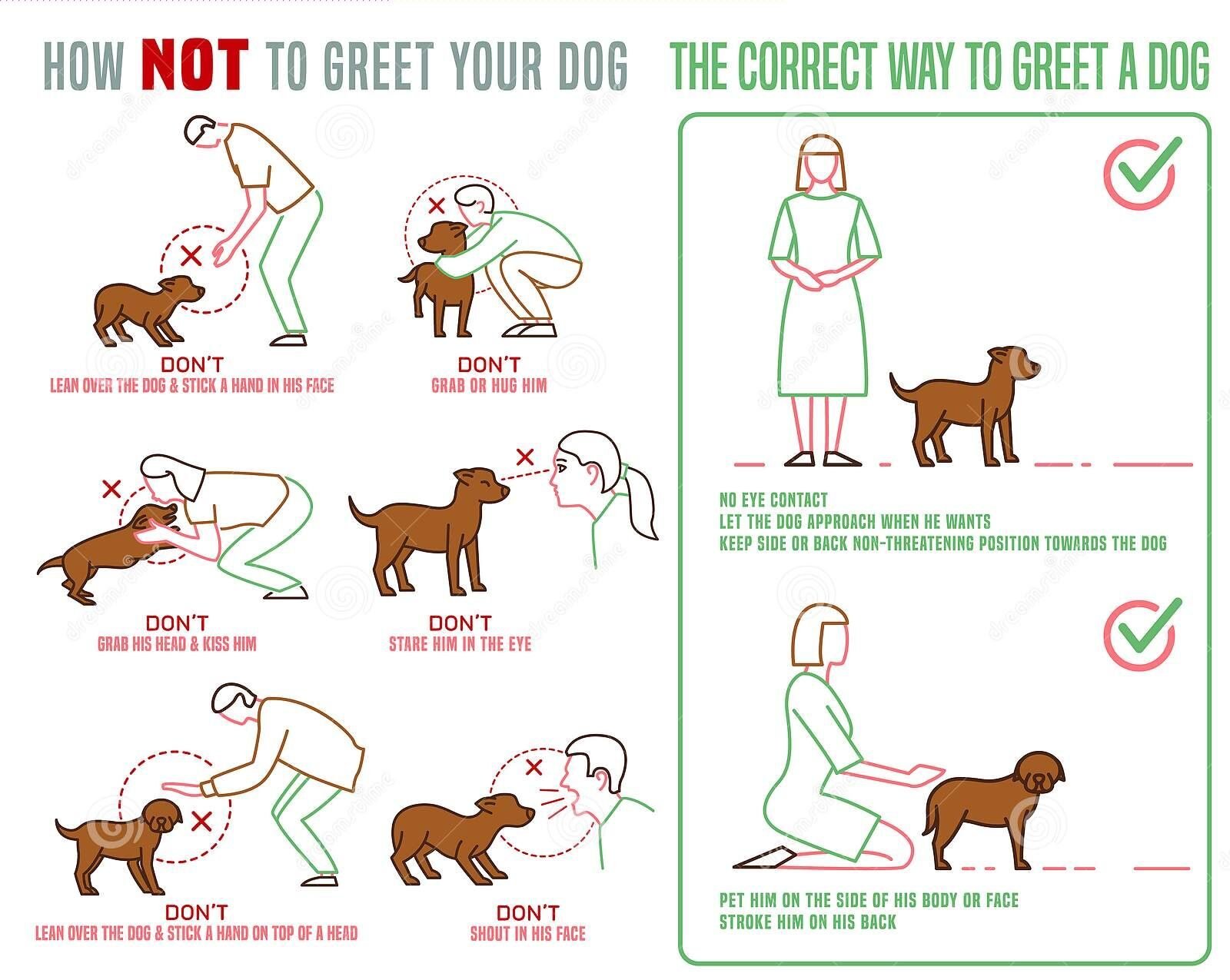
Inconsistent cues (Switching between “down” and “platz” confuses dogs).
Overusing treats (Phase out food rewards gradually).
Skipping proofing (Practice commands in all environments).
Negative reinforcement (Yanking leashes, harsh corrections harm trust).
4. Training Tools for German Shepherds
Click this collar to Buy From Amazon
- Best Rewards: High-value treats (liver, cheese) or tug toys
- Avoid: Prong/e-collars for puppies—use positive reinforcement first
5. Sample Training Schedule
![]()
| Age | Daily Sessions | Focus |
|---|---|---|
| 8–16 weeks | 3x 5-minute sessions | Sit, come, socialization |
| 4–6 months | 2x 10-minute sessions | Stay, leave it, leash walking |
| 6+ months | 2x 15-minute sessions | Advanced commands, distractions |
Closing Statement : A Well-Trained GSD is a Happy GSD
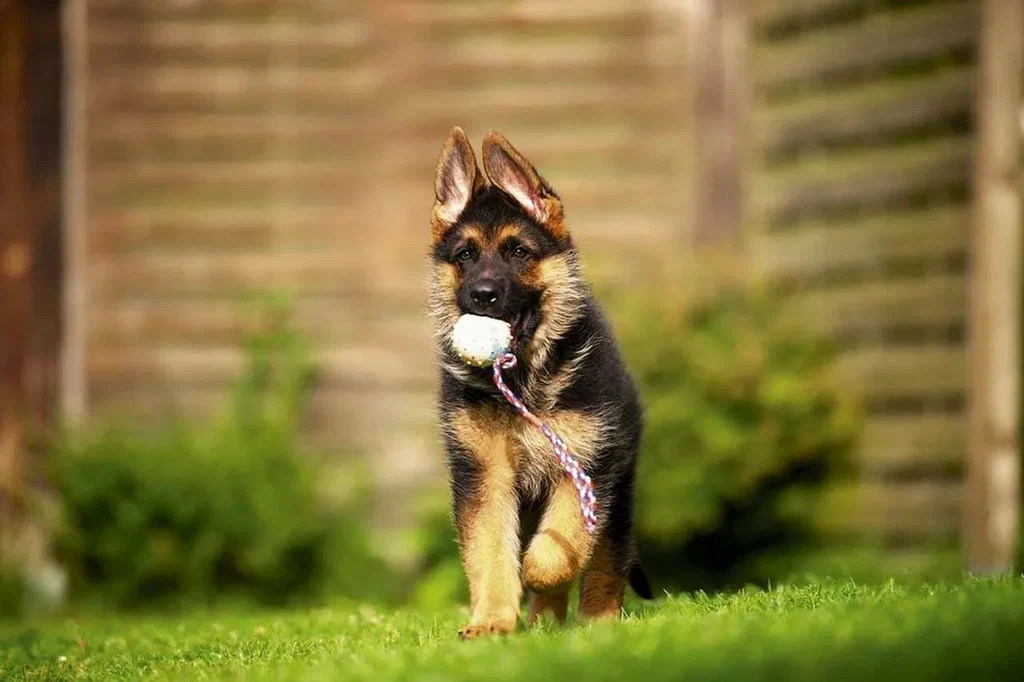
Foundational Commands Every German Shepherd Must Know: German Shepherds need obedience training—not just for control, but for their mental well-being. By mastering these foundational commands, you’ll build a dog that’s confident, safe, and deeply bonded to you.
Next Steps:
“Discipline isn’t restriction—it’s the foundation of a German Shepherd’s freedom.”
FAQs: Every German Shepherd Must Know
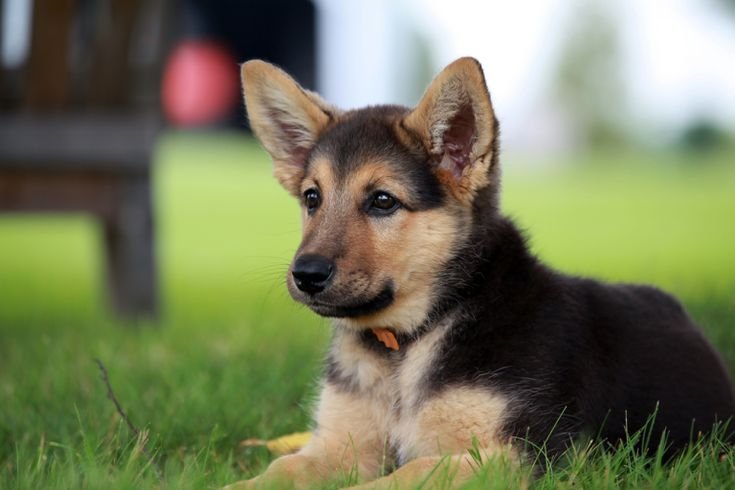
1. Why are German commands recommended for GSD training?
German commands are preferred for several reasons:
- They create a clear distinction between everyday language and training cues
- Many working dog programs use German for consistency in commands
- The sharp sounds (like “Platz!”) are easier for dogs to distinguish
- Helps prevent confusion in high-stress situations
Pro Tip: You can use English commands – the key is consistency!
2. At what age should I start training my German Shepherd puppy?
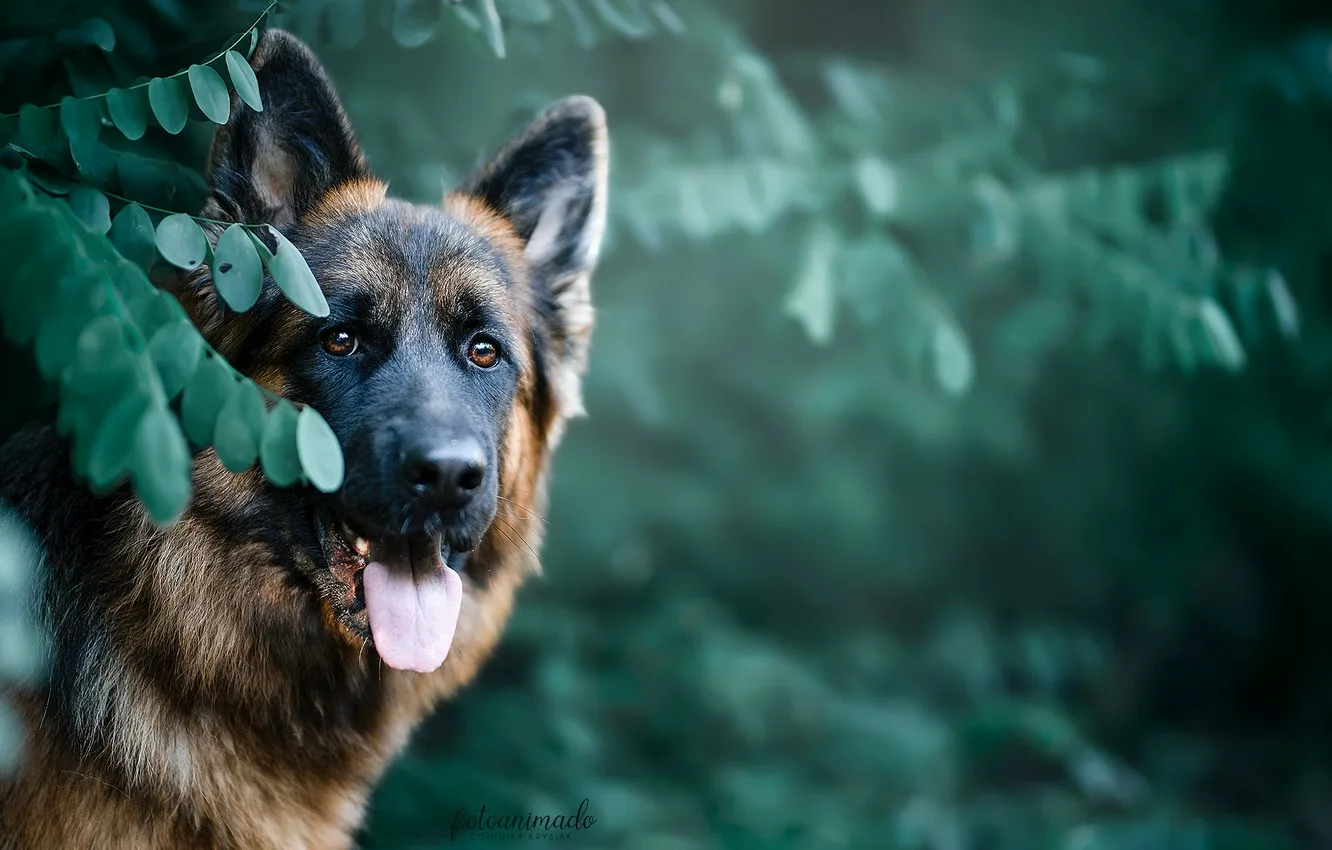
- Basic commands (sit, come): Start at 8 weeks old
- Formal obedience training: Begin at 12-16 weeks
- Advanced/protection work: Wait until 12-18 months (after maturity)
Critical: Socialization should begin the day you bring your puppy home!
3. My GSD knows commands at home but ignores me outside. What should I do?
This is common! Follow this progression plan:
- Practice in a quiet backyard
- Move to front yard/quiet street
- Try empty parking lots
- Gradually introduce busier environments
Always use higher-value rewards (like real meat) in distracting areas.
4. How long does it take to fully train a German Shepherd?

| Training Stage | Duration |
|---|---|
| Basic obedience | 4-6 months |
| Reliable recall | 6-12 months |
| Advanced/protection | 1-2 years |
| Lifetime maintenance | Ongoing |
Remember: Training never truly “ends” – it’s a lifelong process.
5. What’s the best way to teach “stay” to a high-energy GSD?
Use the “Three D’s” approach:
- Duration – Start with 1 second, gradually increase
- Distance – Begin close, take 1 step back
- Distraction – Add mild distractions last
Always release your dog with a clear cue like “Okay!” to prevent breaking stays.
6. Should I use clicker training for my German Shepherd?
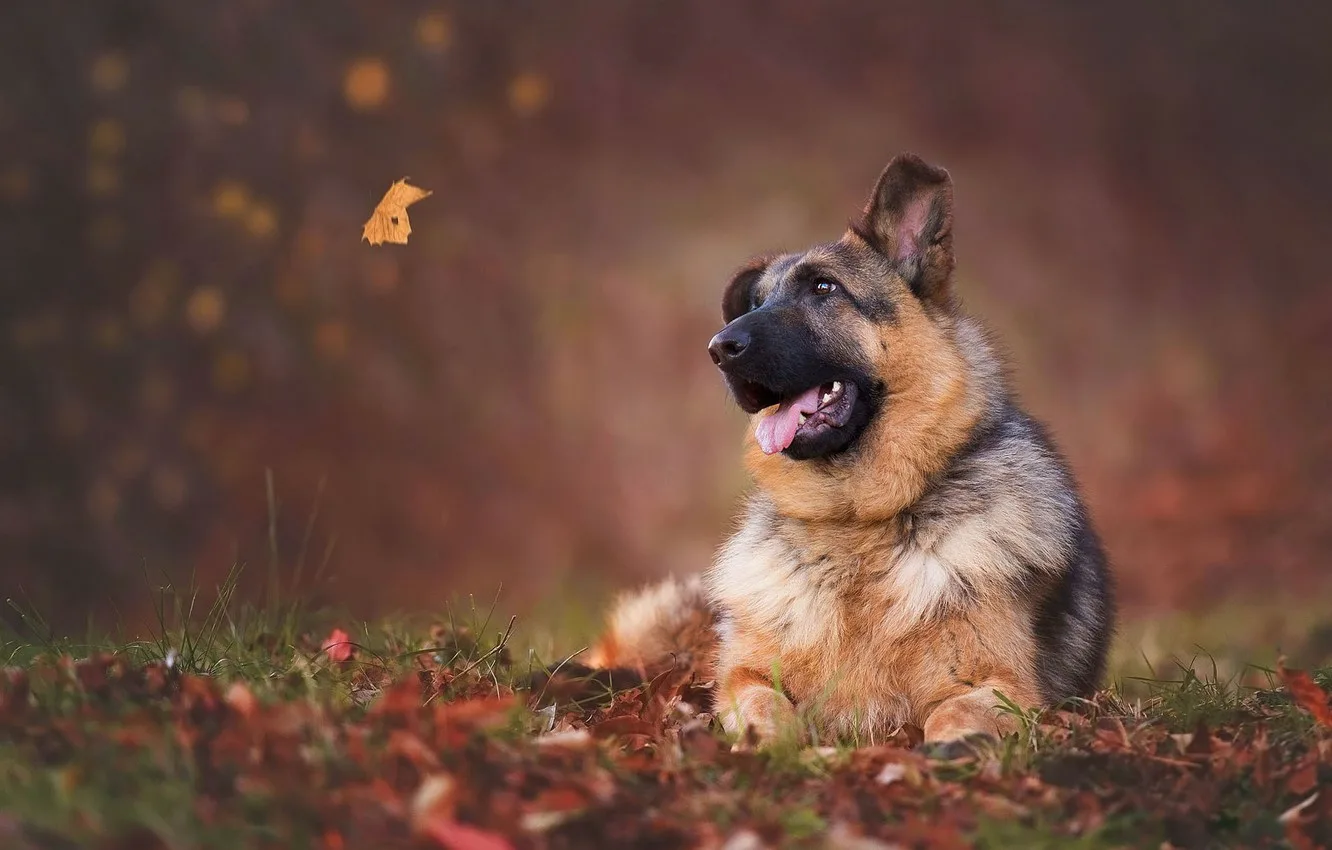
Pros of clicker training:
- Excellent for precise timing
- Great for shaping complex behaviors
- Works well with food-motivated GSDs
Cons:
- Can be cumbersome for protection work
- Requires carrying the clicker
- Some dogs respond better to verbal markers
Alternative: Use a short verbal marker like “Yes!” instead.
7. How do I stop my GSD from mouthing during training?

- For puppies: Redirect to appropriate chew toys
- For adults:
- Say “Ouch!” and immediately stop play
- Offer a toy instead
- Reward gentle mouth behavior
For working dogs: Teach “gentle hold” vs. “full bite“
8. What’s the difference between “leave it” and “drop it”?
- “Leave it” = Prevent interaction with an object
- “Drop it” = Release an already held object
Train them separately – many GSDs need both commands!
9. Can I train my German Shepherd without professional help?

You can train basics yourself if you:
- Are consistent with methods
- Educate yourself on GSD psychology
- Have time for daily practice
Seek a professional for:
- Aggression issues
- Protection training
- Advanced scent work
- If you hit a training plateau
10. Why does my GSD respond to hand signals better than verbal commands?
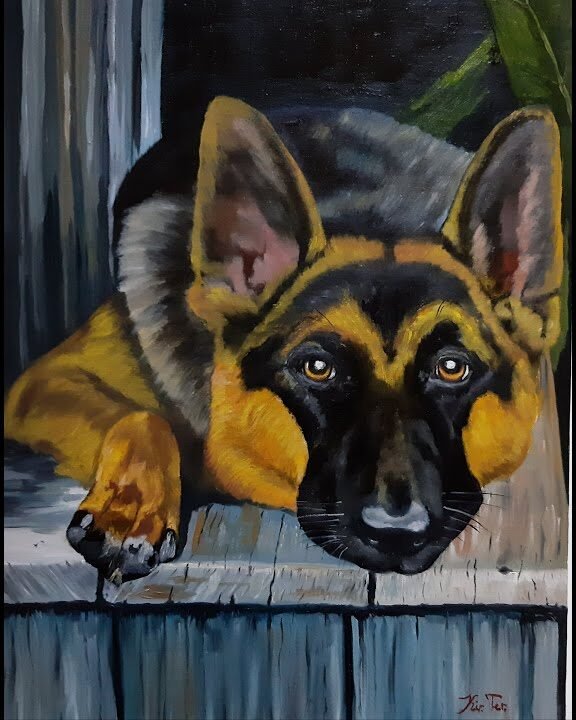
German Shepherds are highly visual due to their:
- Strong eye contact instinct
- Ability to read subtle body language
- Natural tendency to watch their handler
Solution: Pair hand signals with verbal cues from the beginning.
11. How do I train my GSD to ignore other dogs on command?
Use the “Engage-Disengage“ protocol:
- Mark and reward when they notice another dog
- Gradually require them to look at you after noticing
- Build up to full focus amid distractions
12. What’s the most challenging command to teach a German Shepherd?

Most owners struggle with:
- Reliable recall (especially with high-prey-drive GSDs)
- Solid “stay” with distractions
- Calm greetings (no jumping)
These require the most proofing across environments.
13. Should I worry if my GSD seems stubborn during training?
“Stubbornness” usually means:
- The training isn’t motivating enough
- The dog is confused
- You’re moving too fast in difficulty
- Your GSD needs more mental/physical exercise
Fix: Make sessions shorter, more rewarding, and clearer.
14. Can older German Shepherds learn new commands?
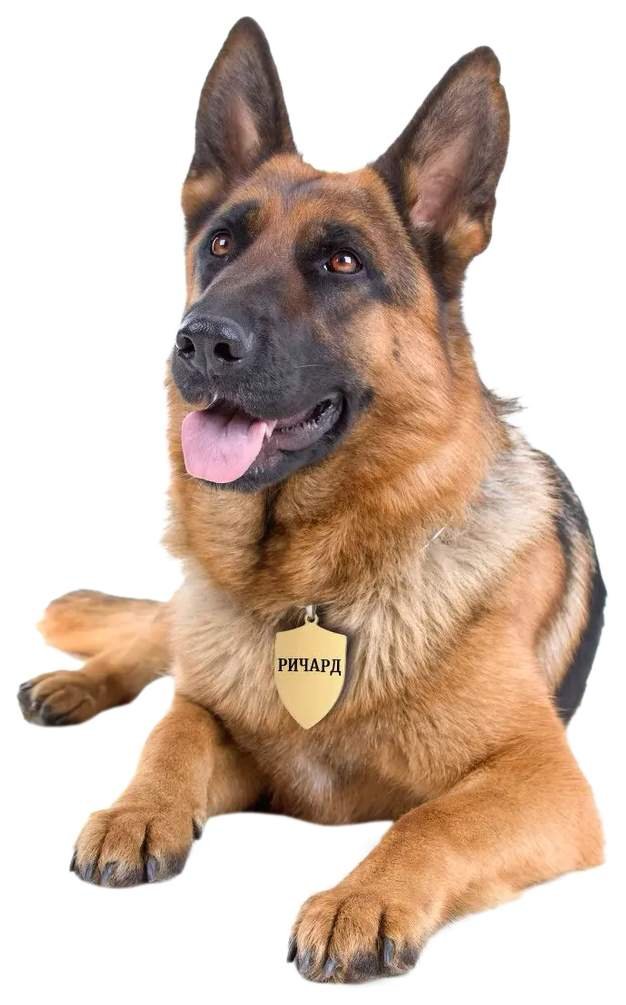
Absolutely! While puppies learn faster:
- Adult GSDs (2-6 years) often have better focus
- Senior dogs (7+ years) can learn but may need:
- Shorter sessions
- More repetitions
- Adjusted physical expectations
15. How do I train my GSD to walk politely on leash?
Try the “Red Light/Green Light” method:
- When leash pulls: Stop (red light)
- When leash loosens: Walk (green light)
- Reward heavily for proper position
This teaches that pulling = no progress.
Final Tip: Always end training sessions on a positive note! Keep sessions short (5-15 minutes for puppies, 15-30 for adults) and fun. A well-trained German Shepherd is a joy to live with and a testament to your dedication as an owner.
Foundational Commands Every German Shepherd Must Know: Need help with a specific command? Ask in the comments below!
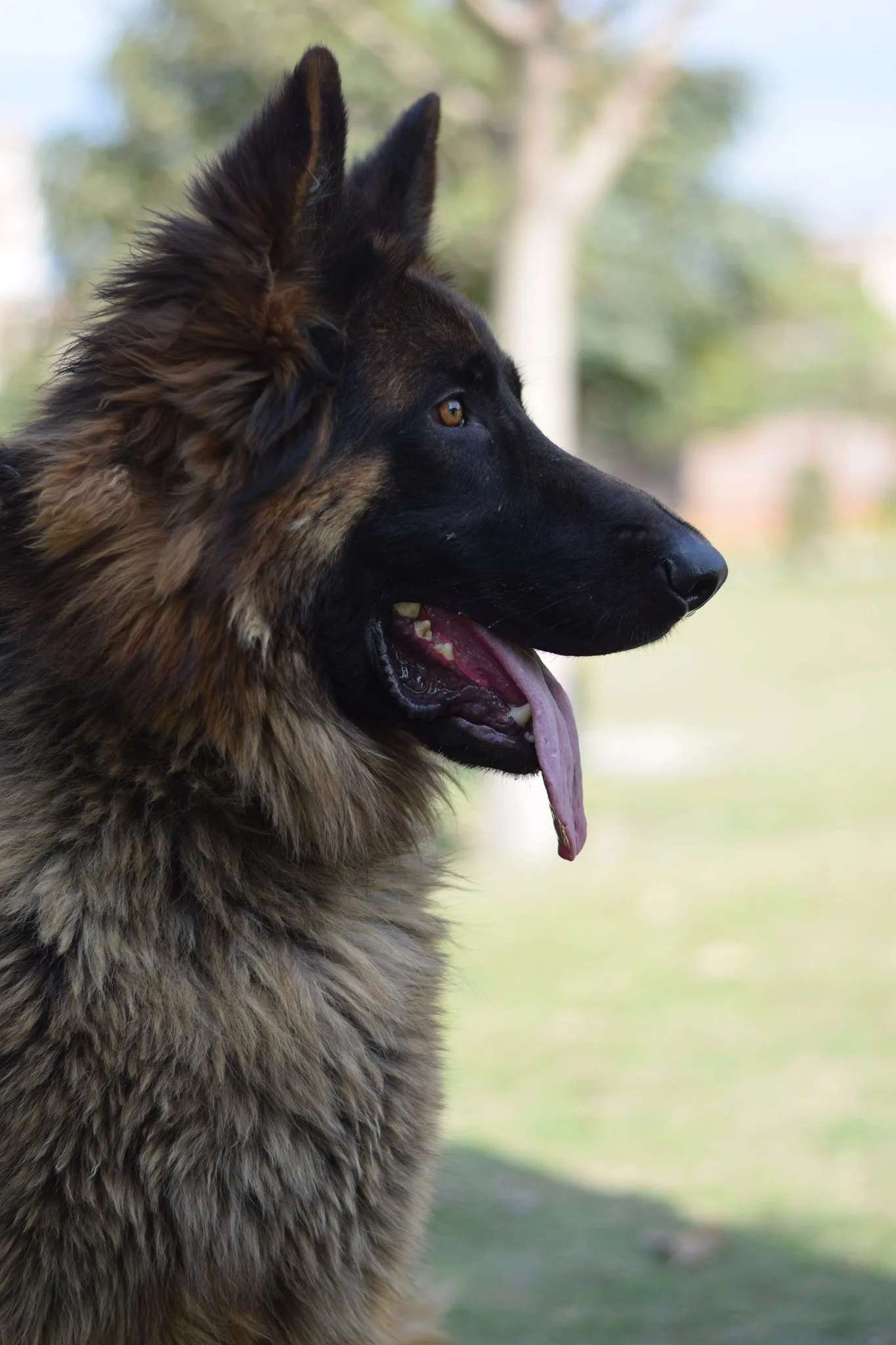
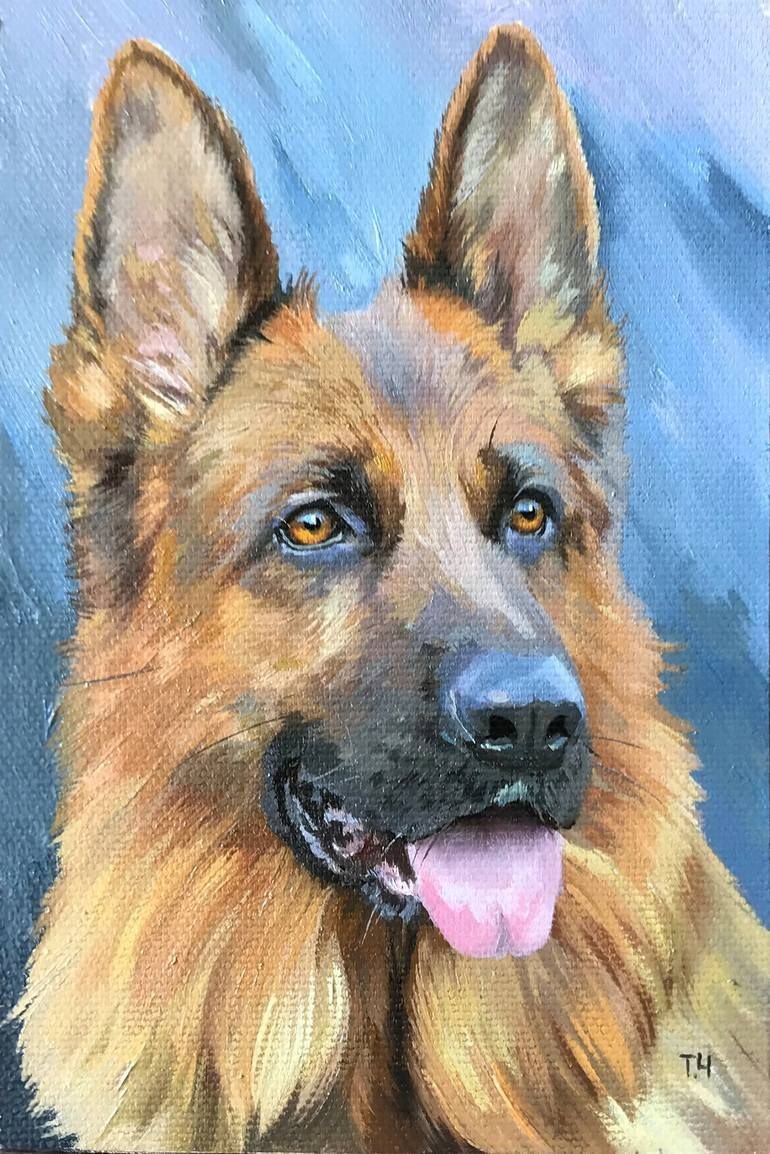
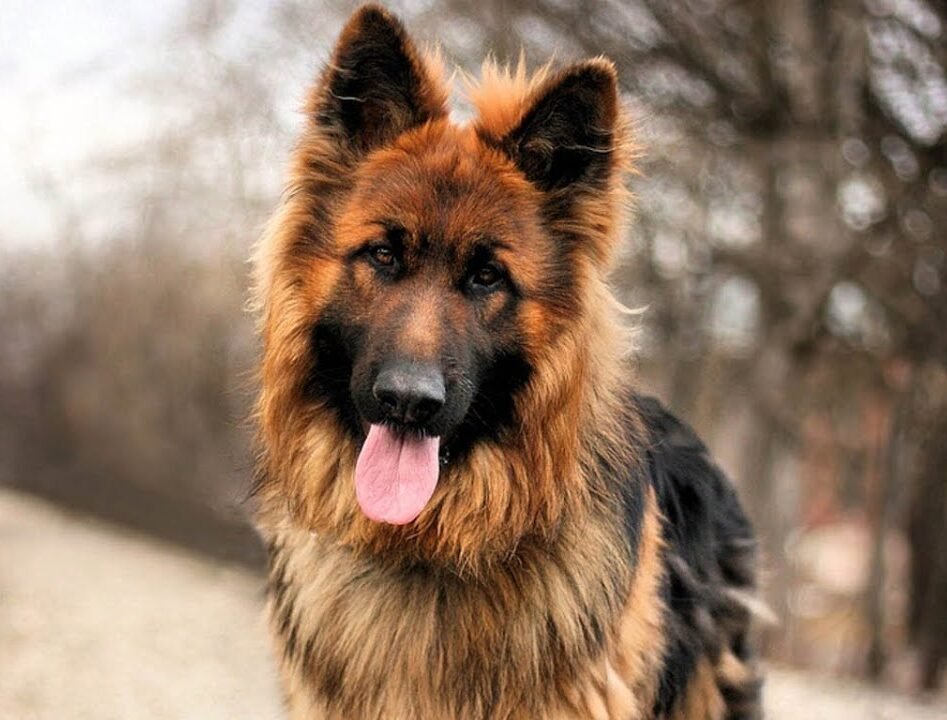

Working Breeds
Core Training Principles for All German Shepherds: Mastering the Working Mindset

Introduction
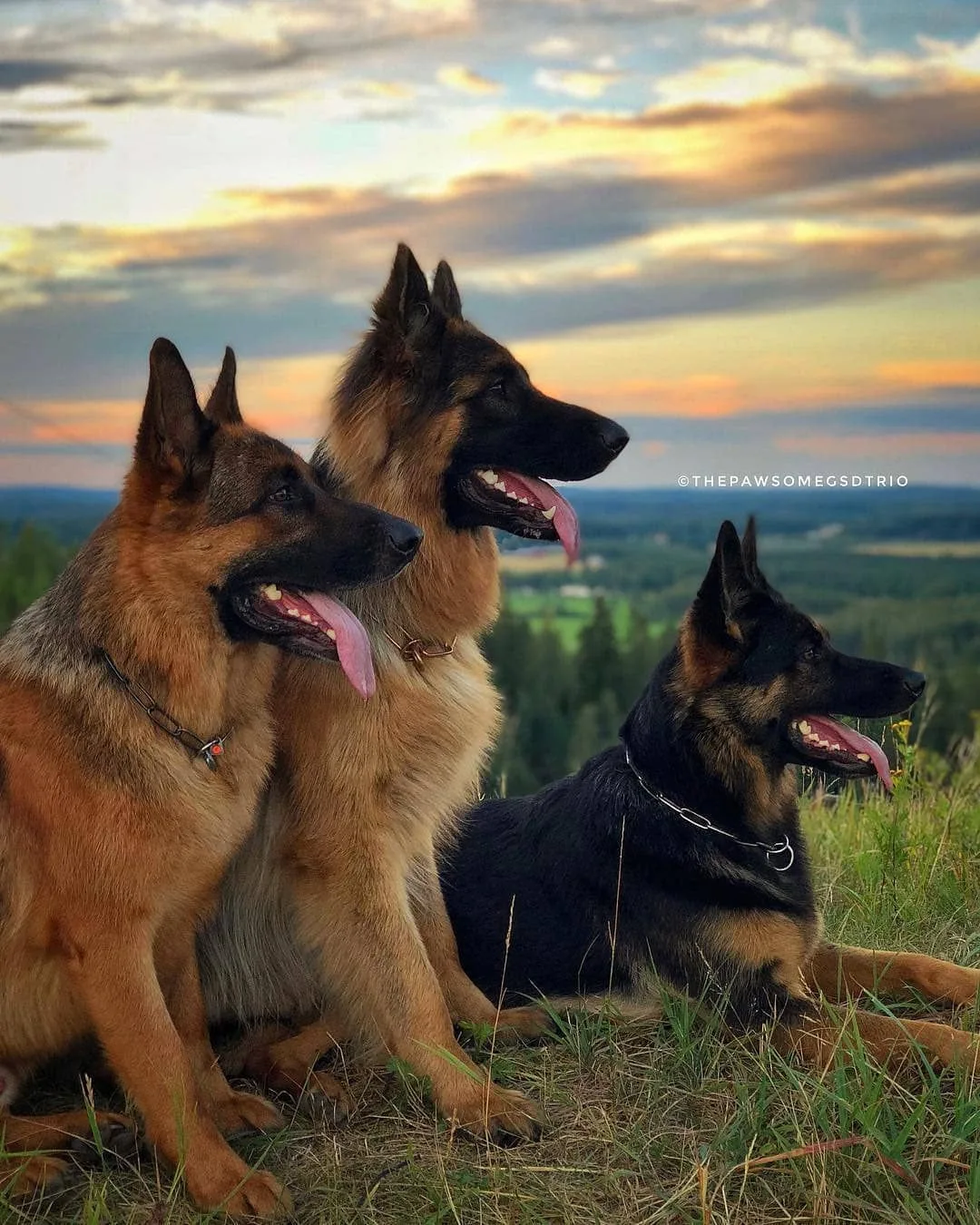
Core Training Principles for All German Shepherds: German Shepherds are legendary for their intelligence, loyalty, and work ethic—but unlocking their full potential requires understanding their unique psychology. Unlike other breeds, GSDs thrive on purpose-driven training that balances their natural intensity with disciplined obedience.
Part 6 of the German Shepherd Series on DogsReader
Subscribe to us on YouTube | Facebook | Instagram | www.dogsreader.com
Whether you’re raising a police K9, a therapy dog, or a family guardian, these core training principles will shape a confident, well-adjusted German Shepherd.
1. The GSD Mindset: What Makes Them Unique
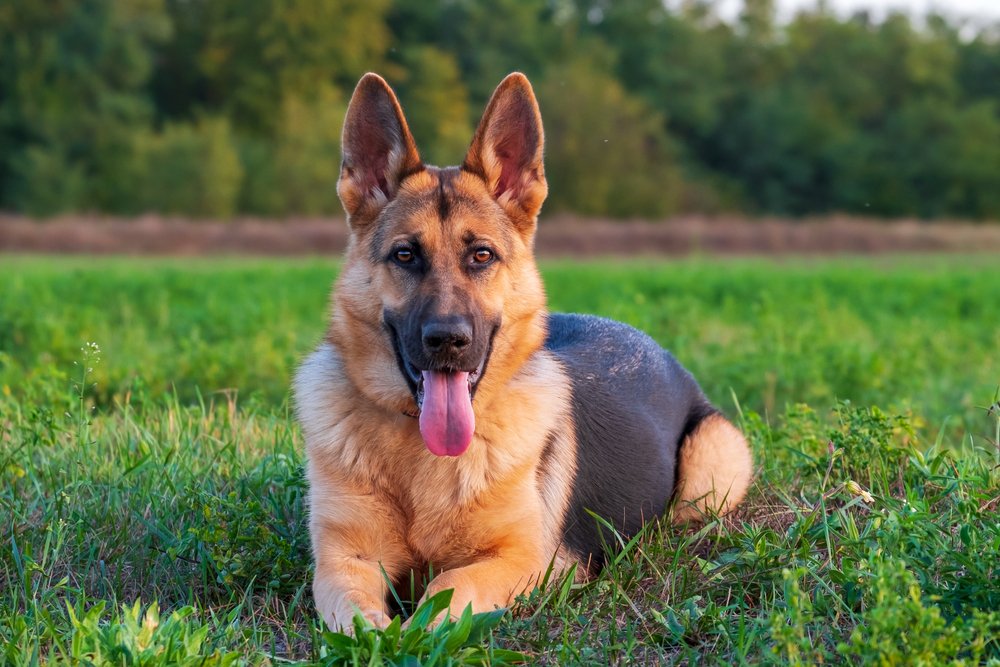
A. Drive vs. Obedience Balance
The Challenge:
GSDs possess high prey, defense, and pack drives—essential for working roles but risky if uncontrolled.
The Solution:
-
Channel Drive Productively
-
Use tug toys for bite drive (police/military training).
-
Hide treats for scent work (detection dogs).
-
-
Reward Calm Focus
-
Teach a solid “watch me” command to redirect energy.
-
Avoid over-arousing play before obedience sessions.
-
Pro Tip: A well-trained GSD should switch from “high drive” to “calm focus” on command.
B. Socialization Windows (Critical Periods for Puppy Training)
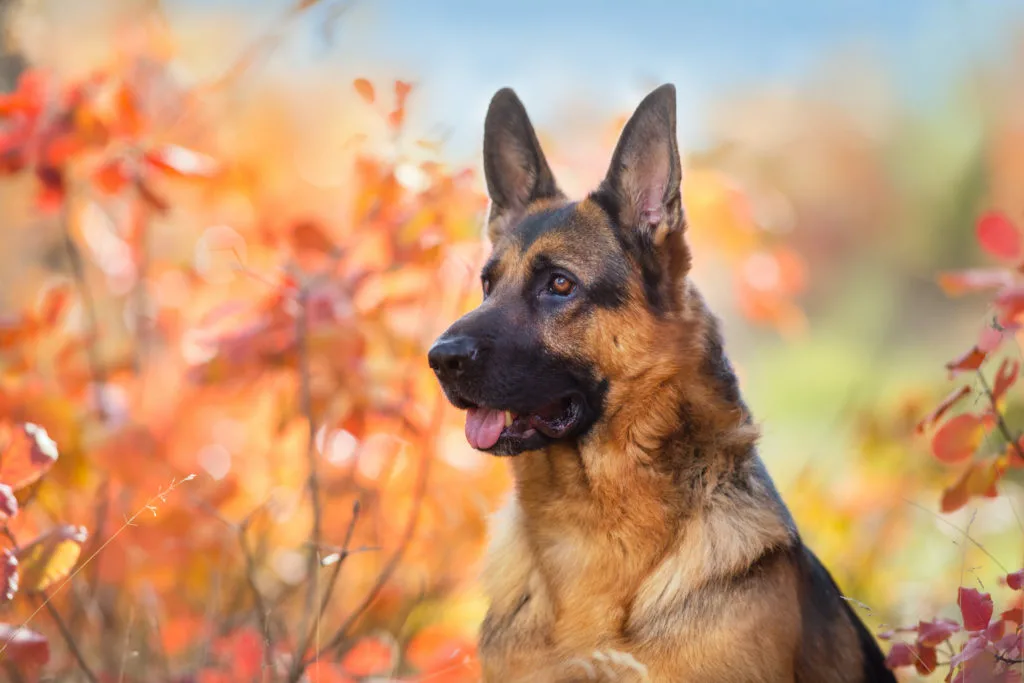
Why It Matters:
GSDs are sensitive to early experiences. Poor socialization leads to fear, aggression, or reactivity.
Key Windows:
Age |
Focus |
|---|---|
3-12 weeks |
Positive exposure to people, sounds, surfaces. |
3-6 months |
Dog-to-dog socialization (controlled settings). |
6-12 months |
Public outings (crowds, traffic, other animals). |
Must-Do Activities:
- Touch Desensitization (Paws, ears, mouth handling).
- Sound Training (Fireworks, sirens, vacuums via recordings).
- Novelty Challenges (Umbrellas, wheelchairs, hats).
- Warning: Avoid dog parks—overwhelm can backfire!
C. The ‘Off-Switch’ (Teaching Calmness Despite High Energy)
The Problem:
Many GSDs lack an innate “off-switch,” leading to hyperactivity or anxiety.
Training Steps:
- Capturing Calmness
- Reward spontaneous relaxed behavior (lying down, sighing).
-
Structured Settling
-
Impulse Control Games
- “Leave it” with high-value treats.
- “Wait” at doorways/mealtimes.
Advanced Tip: Combine physical exercise with mental work (e.g., post-walk scent games) to prevent obsessive pacing.
2. Foundational Commands Every GSD Must Master

(For all roles—police, family, or service work)
| Command | Purpose | Training Tip |
|---|---|---|
| “Hier” (German recall) | Emergency recall | Use a long line + high-value rewards. |
| “Platz” (Down) | Instant stop for safety. | Train on varied surfaces (grass, concrete). |
| “Bleib” (Stay) | Builds discipline. | Increase duration/distance gradually. |
| “Aus” (Drop it) | Prevents resource guarding. | Trade toys for treats. |
Note: German commands reduce confusion in high-stress scenarios.
3. Troubleshooting Common GSD Training Issues
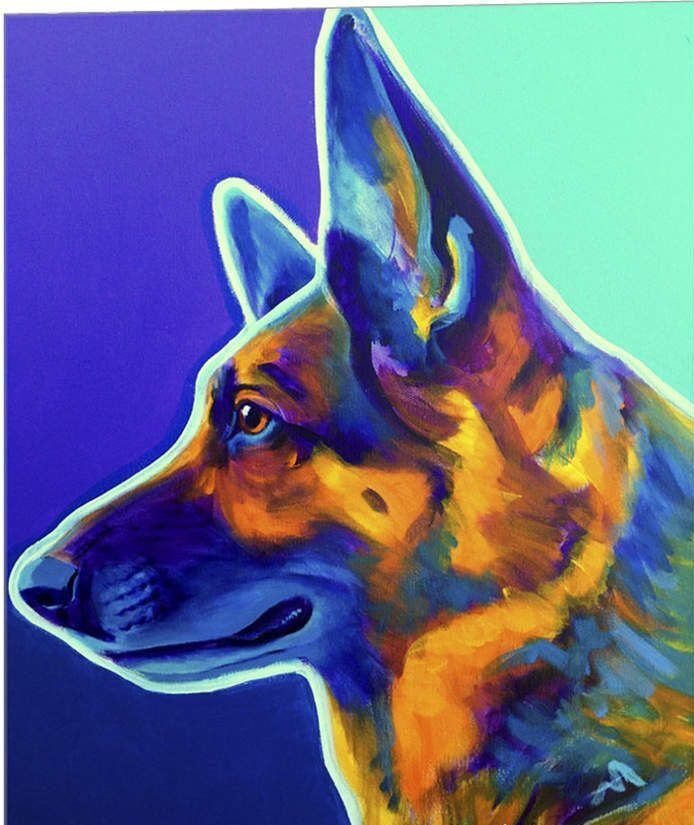
Issue #1: Over-Protectiveness
- Fix: Reward neutrality to strangers. Use the “go say hi” cue for friendly interactions.
2: Leash Reactivity
- Fix: “Look at That” (LAT) game—click/treat when they notice triggers without reacting.
3: Separation Anxiety
- Fix: Gradual departures + “calming crate” (frozen Kongs, white noise).
4. Training Tools for German Shepherds

- Best Collar: Martingale (for training) or harness (for pulling control).
- Best Rewards: High-value treats (liver, cheese) or toy-driven dogs (tug rewards).
- Avoid: Prong/e-collars for puppies—use positive reinforcement first.
Closing Statement Training as a Lifestyle

German Shepherds don’t just need training—they crave it. By mastering drive balance, socialization, and off-switch training, you’ll build a dog that’s as disciplined as it is passionate.
Next Steps:
“A trained German Shepherd isn’t just obedient—it’s fulfilled.”
Why This Article Works
- Actionable steps for each principle.
- Role-agnostic (applies to all GSDs).
FAQs: German Shepherd Training Essentials
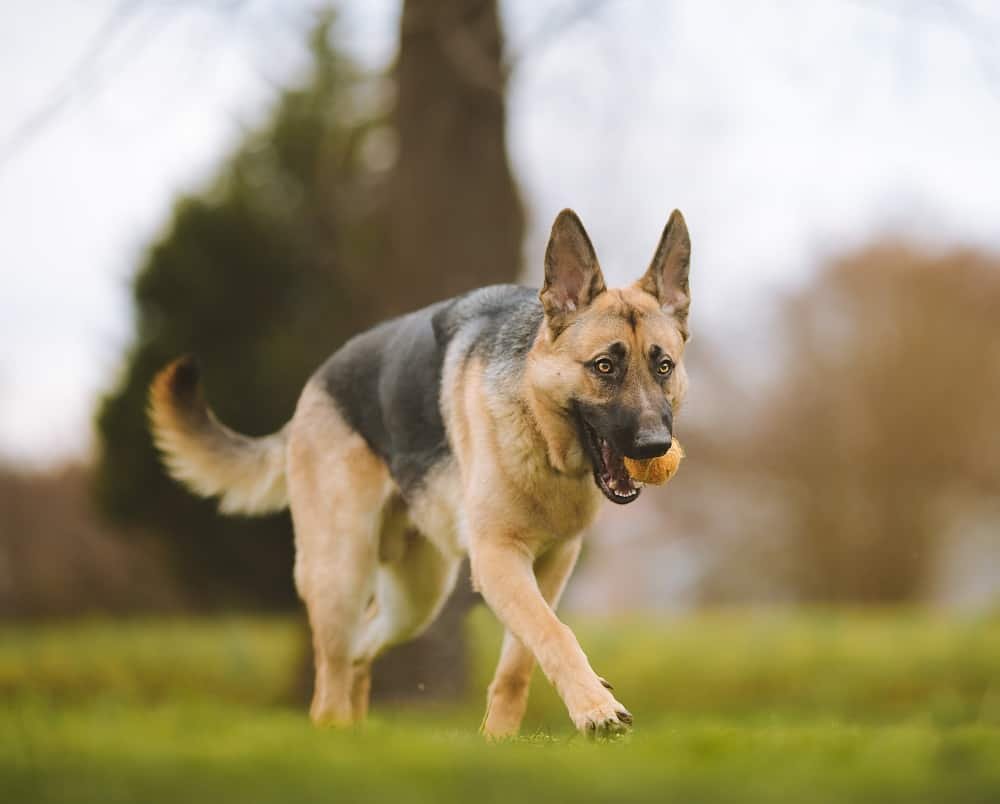
1. Why is balancing drive and obedience so important for GSDs?
German Shepherds with uncontrolled drive may become reactive or obsessive. Structured training channels their intensity into productive work (e.g., scent detection, agility) while teaching off-switch calmness.
2. What if I missed my GSD puppy’s socialization window (3–12 weeks)?
While early socialization is ideal, you can still expose older puppies (up to 6 months) gradually:
- Use treats + praise for positive associations.
- Start with low-stress environments (quiet parks, calm friends’ homes).
3. My GSD won’t relax—how do I teach an “off-switch”?

Try:
- Capturing calmness: Reward moments of natural stillness.
- “Place” training: Use a mat/bed for structured downtime.
- Mental fatigue: 15 minutes of nose work = 1 hour of physical exercise.
4. Are German commands really better for training?
They’re useful for:
- Avoiding confusion (e.g., “sit” vs. everyday use of the word).
- Working dogs (many K9 units use German for consistency).
But English works fine for family pets!
5. How do I stop my GSD from lunging on the leash?
Train the “Look at That” (LAT) game:
- Click/treat when they notice a trigger (dog, bike).
- Gradually decrease distance as they stay calm.
6. What’s the #1 mistake owners make with GSD training?
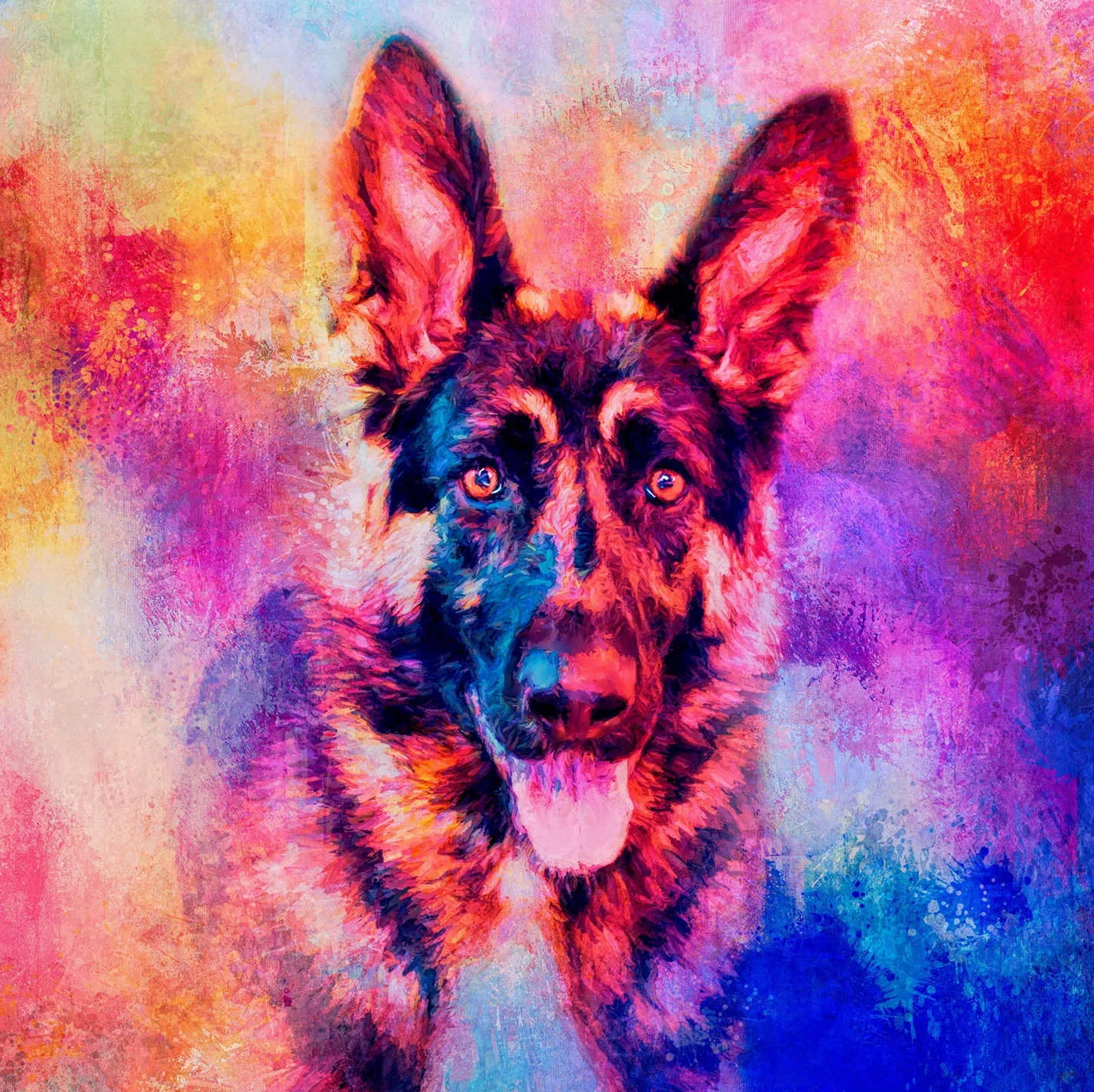
Over-relying on physical exercise without mental stimulation. A bored GSD becomes destructive—always pair runs with obedience or puzzle toys.
7. Can I use an e-collar for my German Shepherd?
Only after mastering basics with positive reinforcement. E-collars are controversial; consult a professional trainer for proper use.
8. How long should training sessions be?
- Puppies: 5–10 minutes, 3x/day.
- Adults: 15–30 minutes, 1–2x/day.
Short, frequent sessions prevent frustration.
9. Why does my GSD ignore commands outdoors?

They’re likely overwhelmed. Practice in low-distraction areas first, then slowly add challenges (backyard → quiet street → park).
10. Are GSDs good for first-time dog owners?
They can be, if you:
- Commit to consistent training.
- Socialize thoroughly.
- Provide enough mental/physical work.
Engagement CTA
Core Training Principles for All German Shepherds: “Struggling with your Shepherd’s training? Comment below with your biggest challenge—we’ll help!”
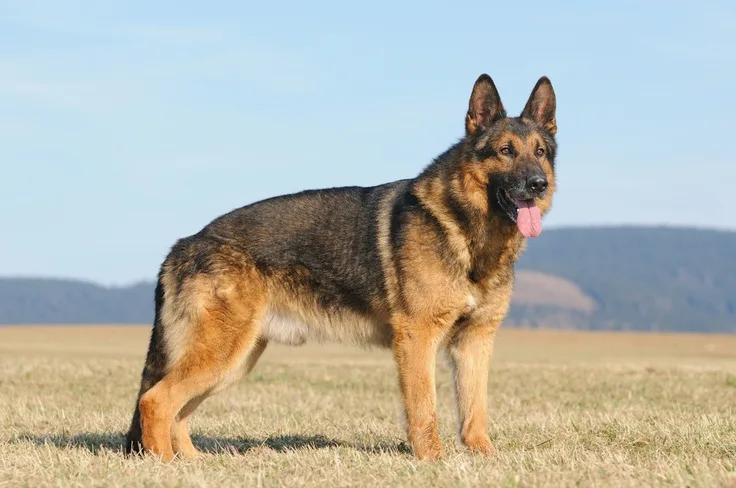

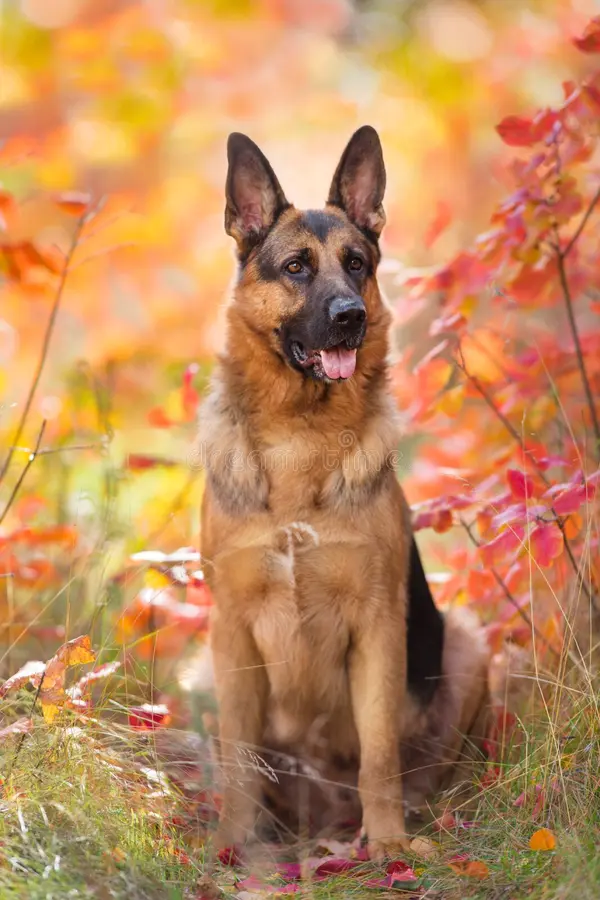

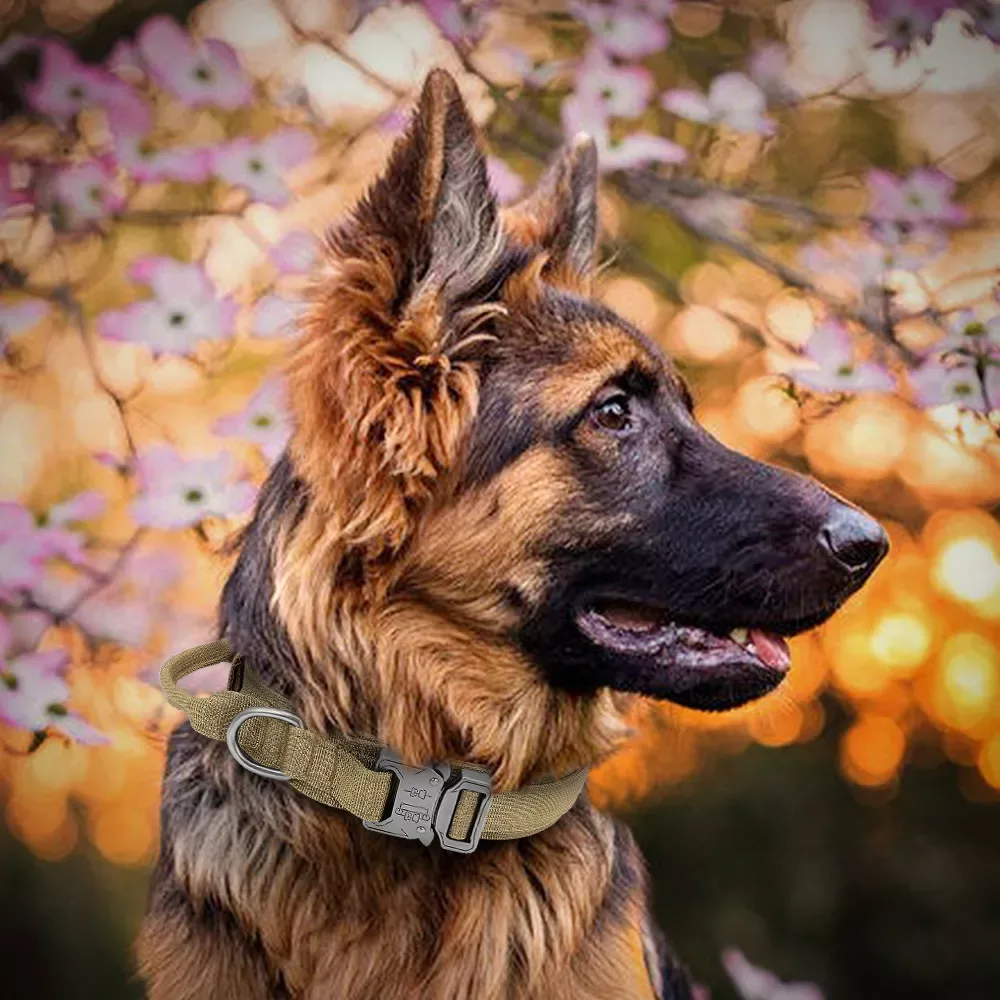
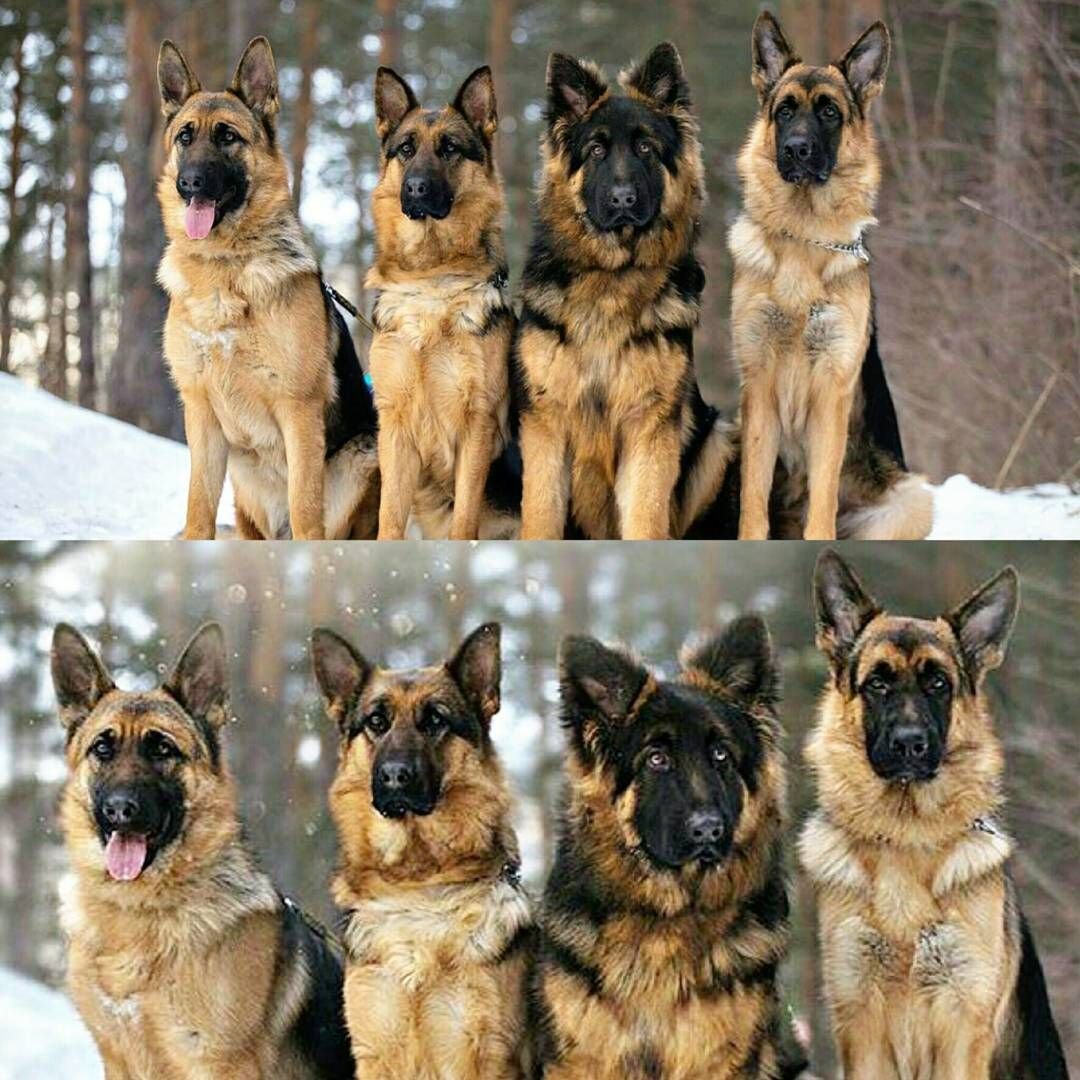
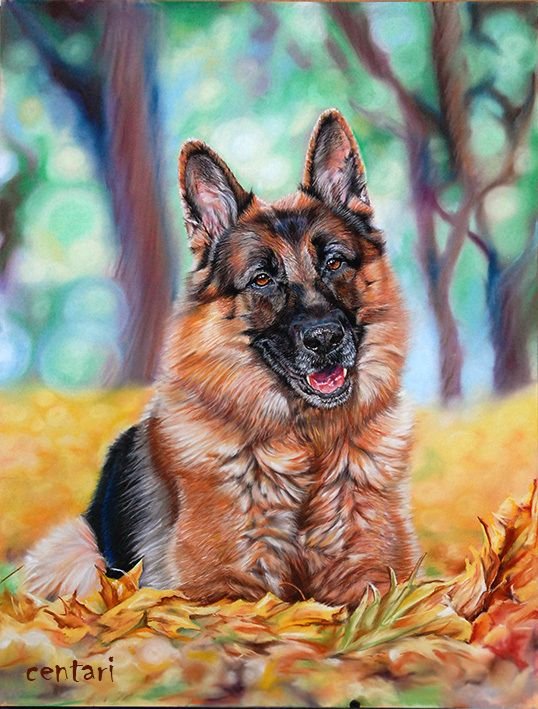
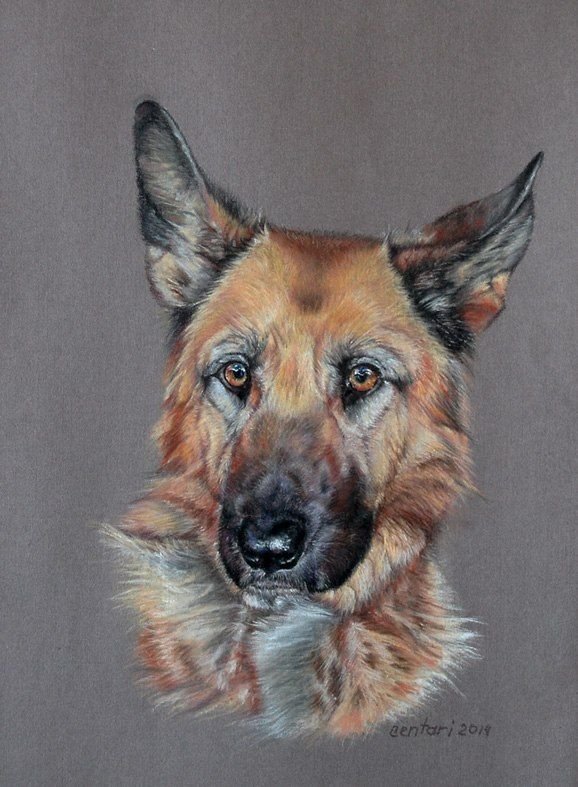
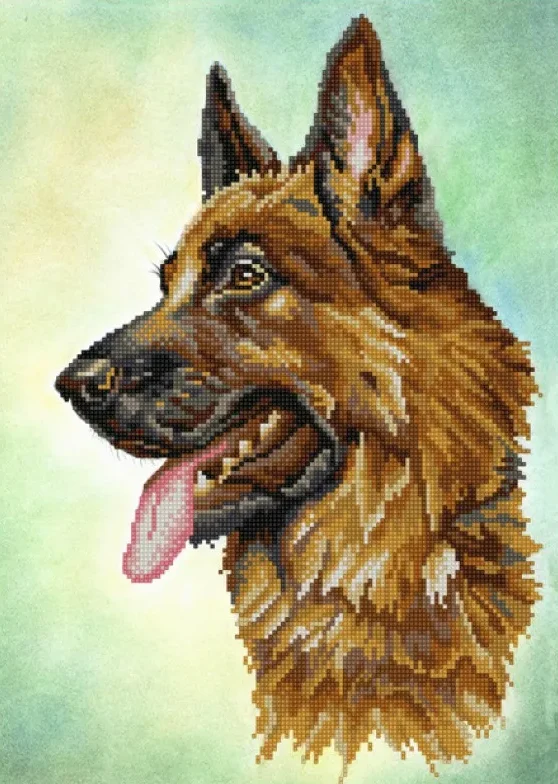
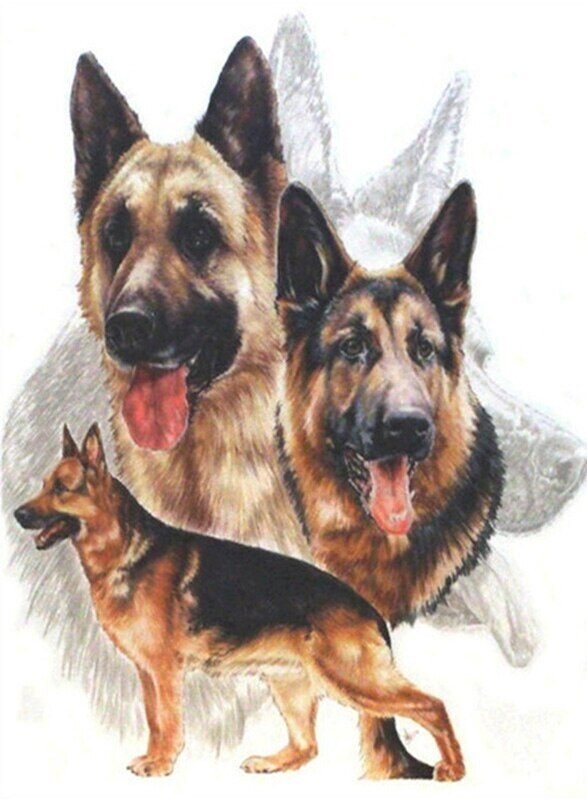
-

 SMALL DOG BREEDS4 months ago
SMALL DOG BREEDS4 months agoMerle Chihuahua: A Comprehensive Guide
-

 SMALL DOG BREEDS4 months ago
SMALL DOG BREEDS4 months agoMaltese: A Beloved Companion
-

 Large Breeds4 months ago
Large Breeds4 months agoSamoyeds Hypoallergenic: Closer Look at the Breed
-

 SMALL DOG BREEDS4 months ago
SMALL DOG BREEDS4 months agoMerle Pomeranian: A Adorable Companion
-

 Large Breeds4 months ago
Large Breeds4 months agoStandard Poodle Weight: Country Wise
-

 SMALL DOG BREEDS4 months ago
SMALL DOG BREEDS4 months agoYorkshire Terrier: a Big Personality
-

 MEDIUM BREEDS4 months ago
MEDIUM BREEDS4 months agoAmerican Water Spaniel Colors Chocolate In Crcols:
-

 Terrier Breeds3 months ago
Terrier Breeds3 months agoDog Breeds: by Country & Category









